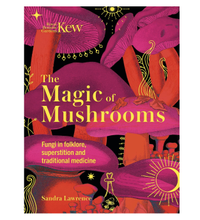Everything you need to know about mushrooms and fungi - from health benefits to how to grow your own
They’re nature’s wonder products...
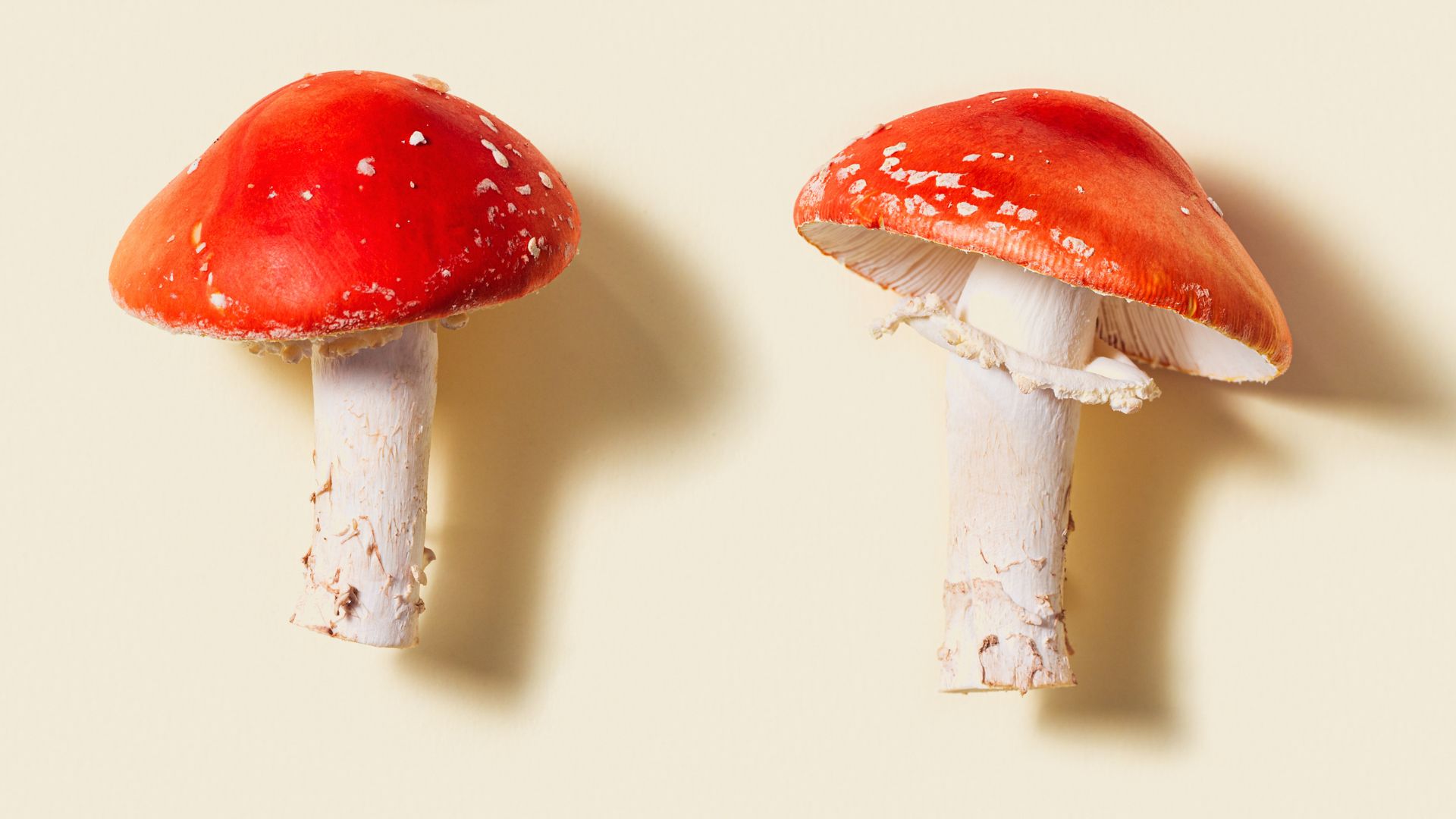

While the beauty of the planet has been inspiring human beings for thousands of years, a new wave of wellness is now turning its attention to the natural world, with all manner of technology being thrust upon it.
You can now delight in ‘forest bathing’ (read: walking and being present in a forest), seasonal eating (eg. only consuming fruits and vegetables that are in season), and the obsession with reaping the benefits of wild swimming (swimming outdoors in a natural body of water). Certainly not a new phenomenon, since many a countryside folk, along with the likes of Byron and Keats have been in on the secret all along. It’s simply become ‘trendy’ and gained a new name.
Mushrooms look to be the newest wellness trend of the day, and just like the activities mentioned above, humble fungi have been around since time immemorial. With endless health benefits, and the emergence in popularity of psilocybin (the psychedelic compound found in fungi) and lion’s mane it seems like everyone’s getting in on the fungi action, let's find out why.
Everything you need to know about mushrooms and fungi
There are over 200,000 species of mushrooms and fungi
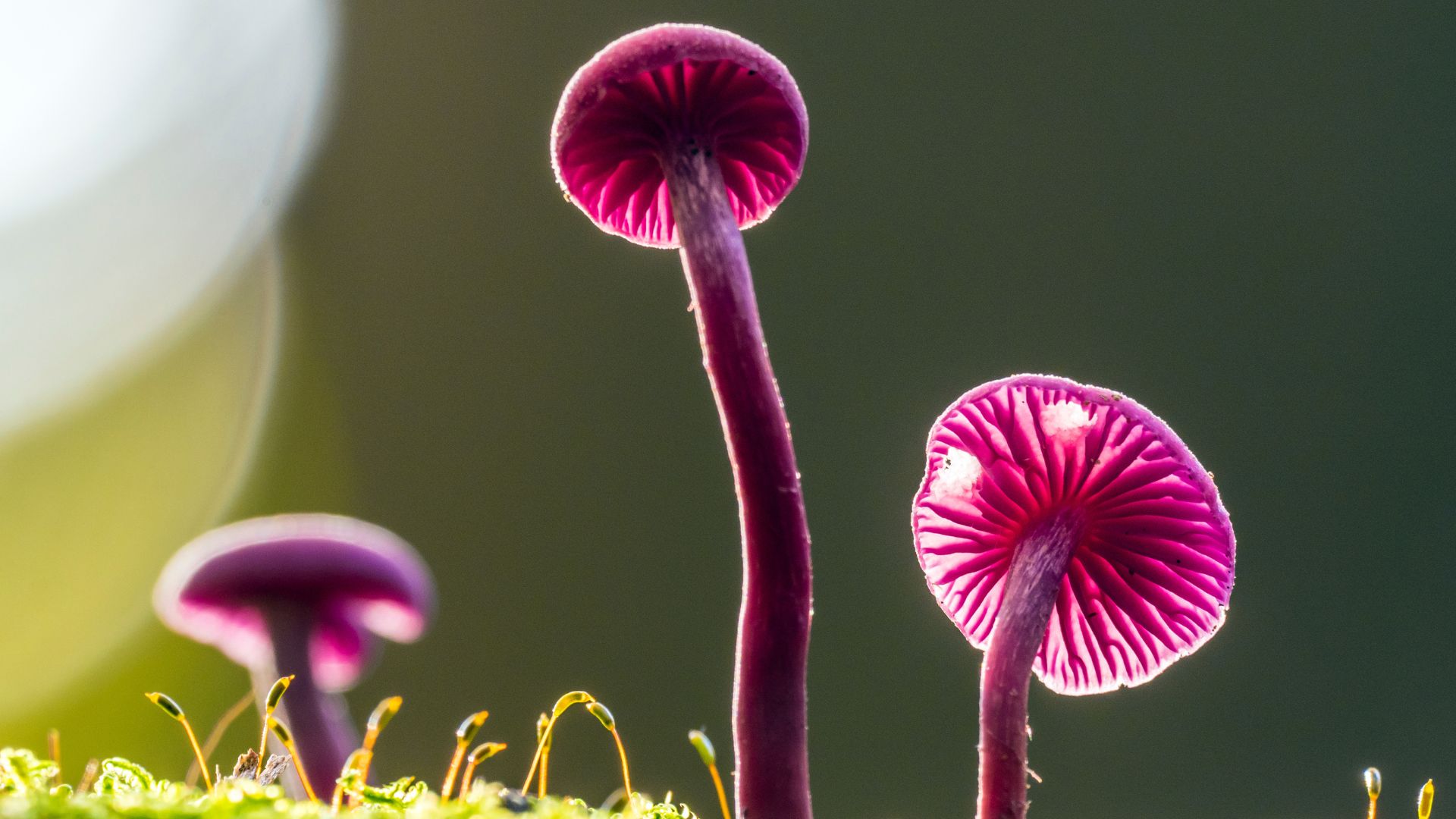
From fragile Mycena to edible oysters and the amethyst deceiver (pictured above), there are hundreds upon hundreds of types of mushrooms, all of which belong to the fungus family. Both mushrooms and toadstool are the names given to the fleshy body of a fungus that typically has a stem and a cap. These mostly live above ground.
The Magic of Mushrooms: Fungi in Folklore, Superstition and Traditional Medicine, £14.99 | Amazon
Featuring images of over 100 fascinating species, sourced from the archives at the Royal Botanic Gardens, Kew, The Magic of Mushrooms shows that from saving lives to expanding the mind, the potential of these fascinating organisms should not be underestimated.
Not all mushrooms are edible
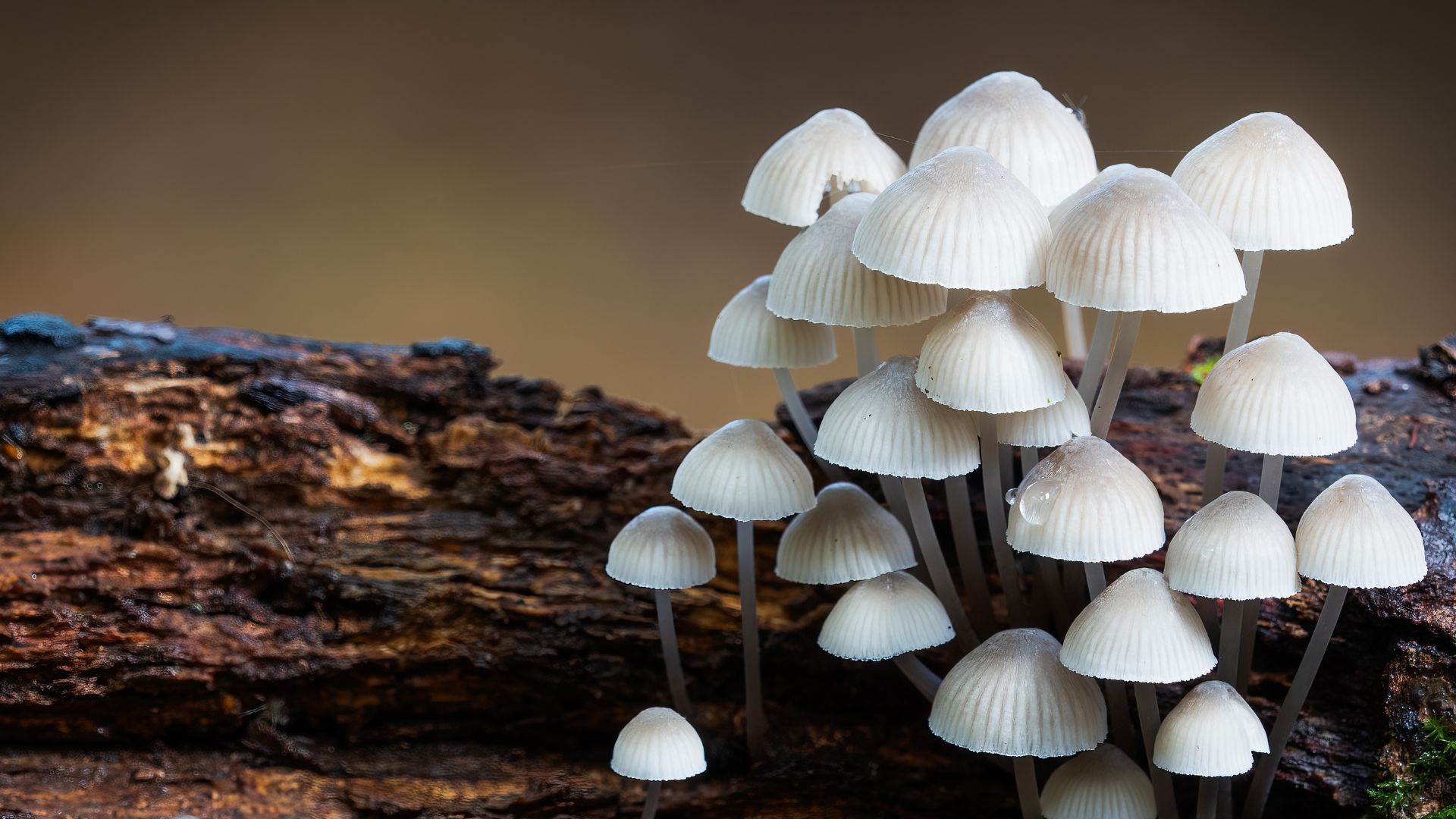
While it’s easy to assume mushrooms are safe to eat and toadstools are not, this is not the case. Many mushrooms are inedible and highly poisonous so unless you are a foraging expert it's best to stick to eating mushrooms that are 100% safe from a store or shop. A few tasty edible mushroom variations to look out for include button, portobello, morel, and shitake.
They’ve extremely fast growing
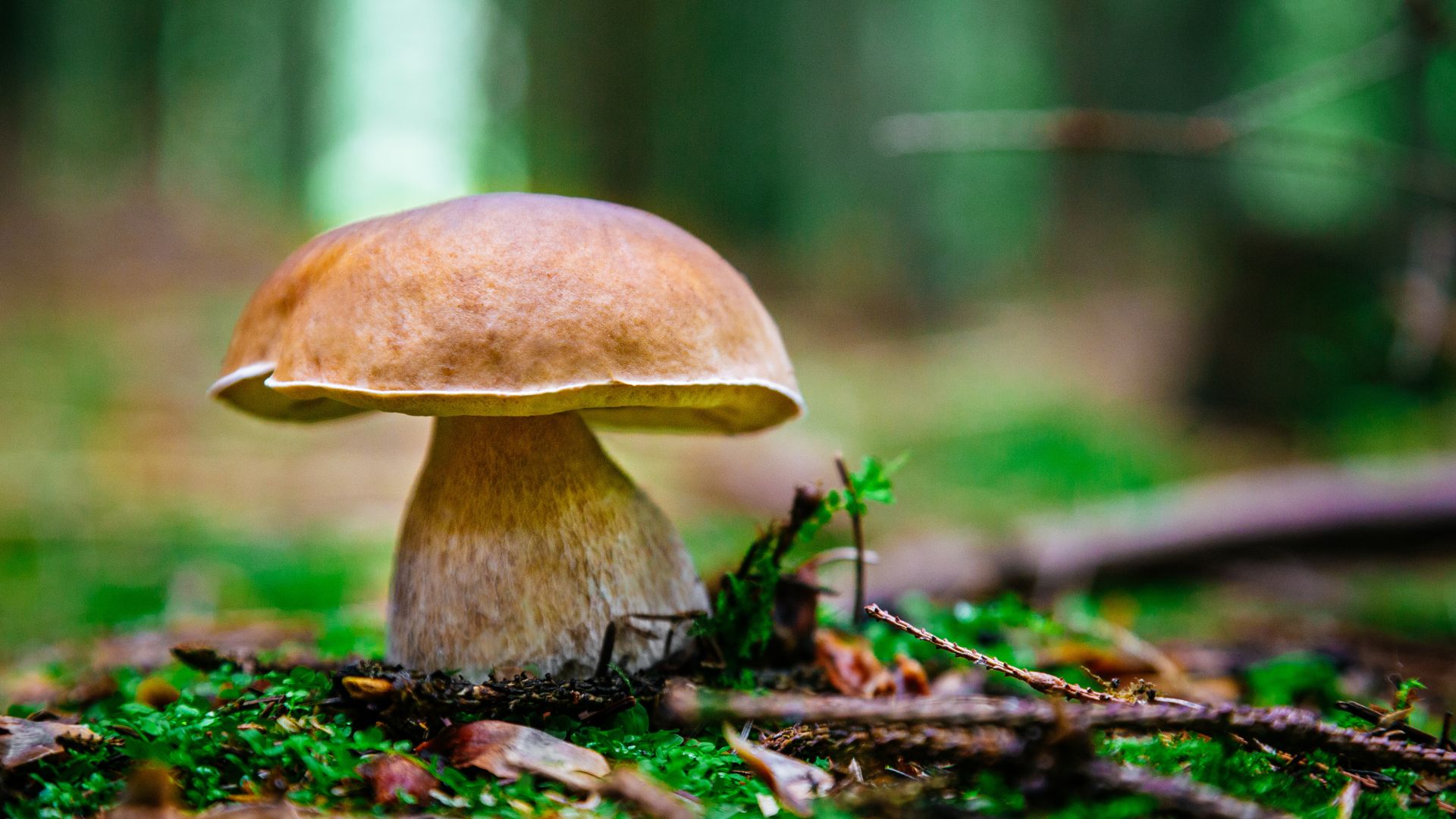
Oftentimes mushrooms spring up almost overnight, particularly in warm, humid dark places like under hedgerows or in dense forest land. Some types of mushrooms can grow up to half a centimetre in as little as a minute, and others will double in size in as little as a day.
You can easily grow them at home
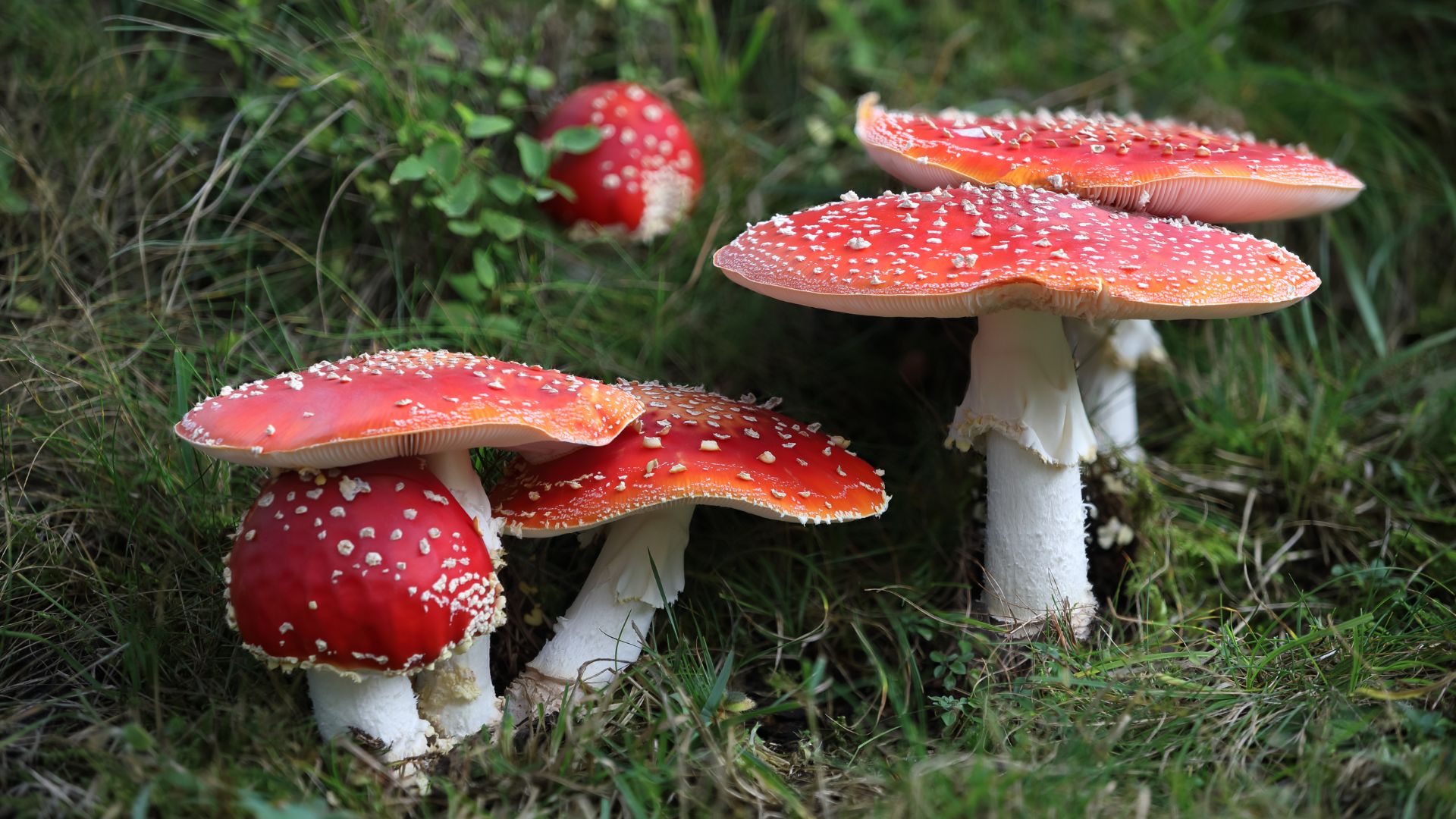
It’s easy to grow mushrooms at home, even more so if you buy a mushroom growing kit ensuring you’ll be eating your very own mushrooms in just a few days. From large pink oyster mushrooms to chestnut mushrooms and even lion’s mane, it’s not only easy to grow your own supply but fascinating too and the mushrooms, particularly oyster varieties are wildly beautiful.
Sign up for the woman&home newsletter
Sign up to our free daily email for the latest royal and entertainment news, interesting opinion, expert advice on styling and beauty trends, and no-nonsense guides to the health and wellness questions you want answered.
Many varieties are packed with Vitamins
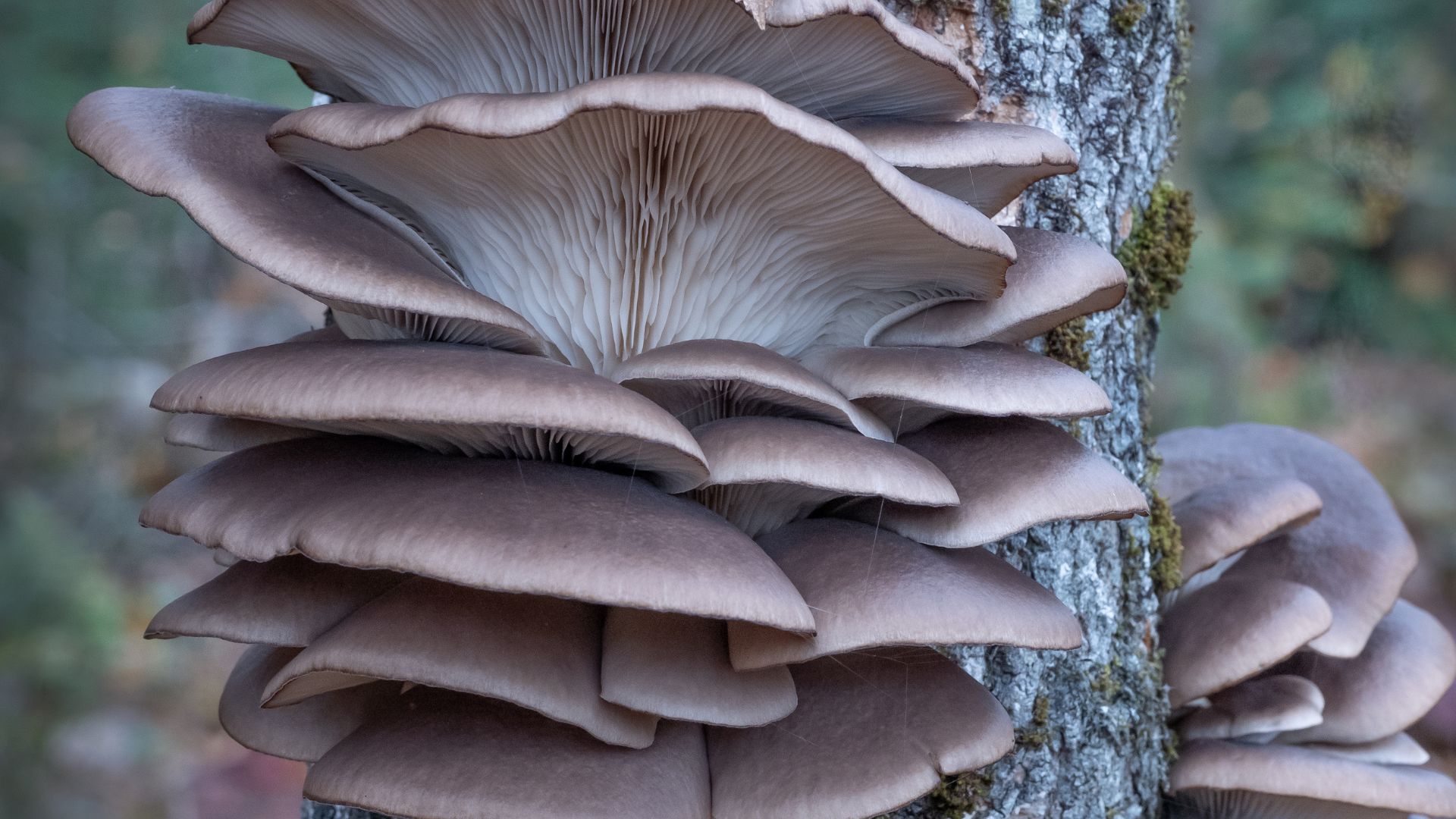
One of the main foods high in Vitamin B, mushrooms can help keep your immune system healthy with oyster and shitake taking the crown as the variations with the most B Vitamins. To retain the most nutrients and antioxidants when cooking, opt for grilling or sauteeing over frying. Or if you don’t mind the taste, eat them raw for the best benefits.
China is one of the world’s largest producers of edible mushrooms
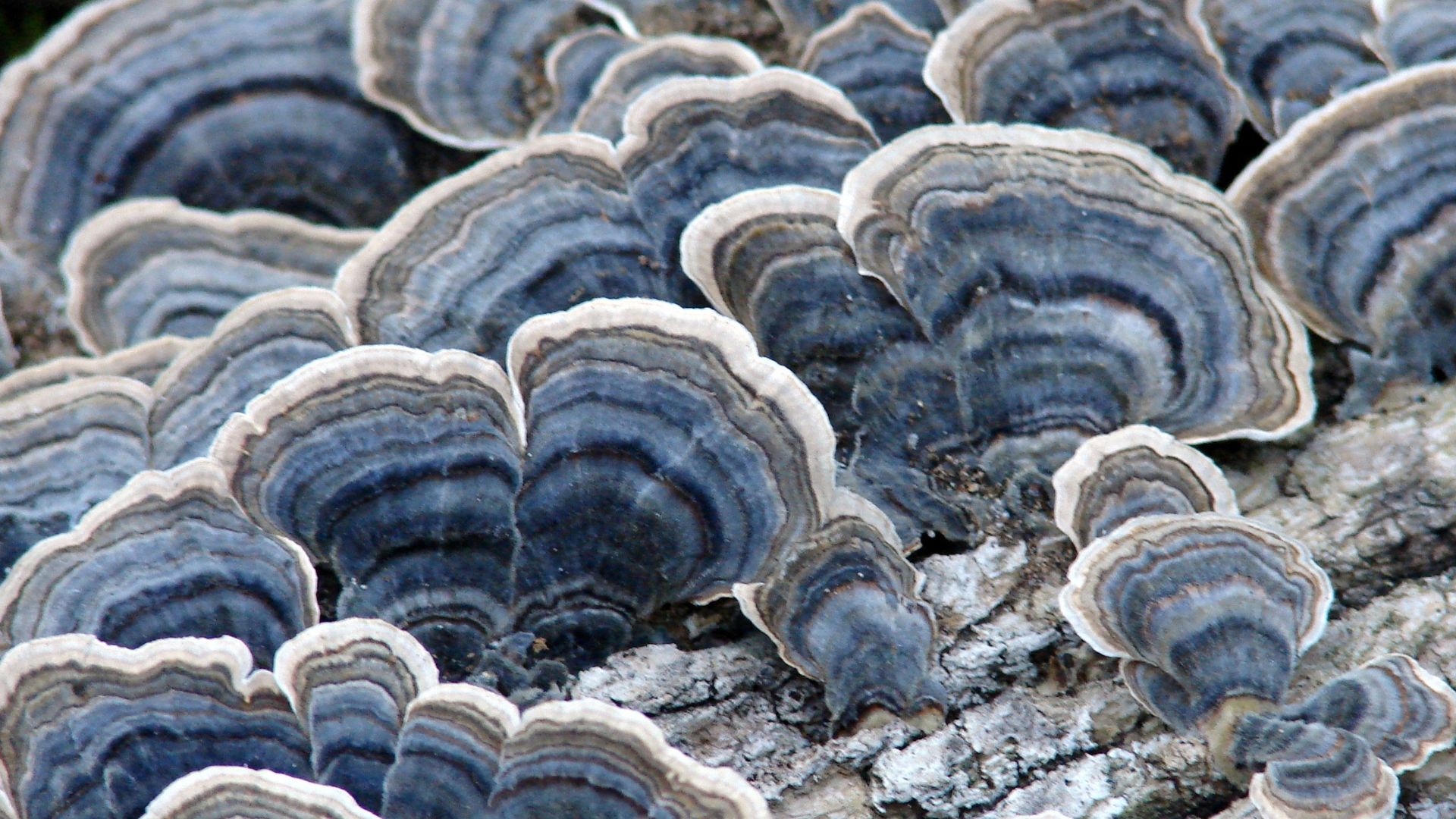
Most of the mushrooms we see in greengrocers and supermarkets are grown on mushroom farms, with China producing about half of all cultivated mushrooms on earth. Famed Chinese varieties include shitake, enoki, and oyster mushrooms but it’s possible to buy UK-grown versions of these varieties too, just check the label in-store as it’s always better to buy locally grown food where possible.
Mushrooms are essential for healthy woodland environments
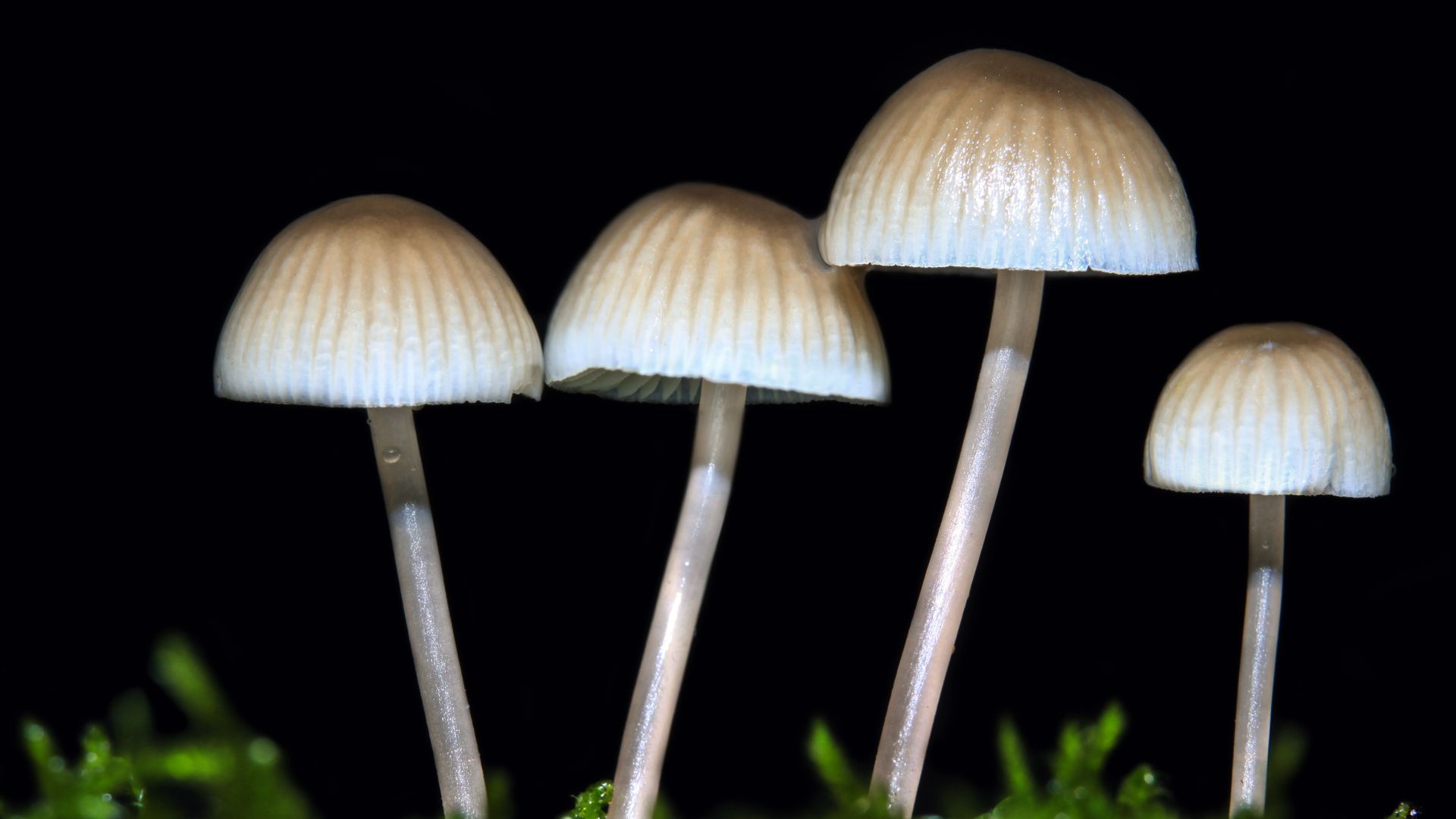
Variations like Mycena mushrooms are small saprotrophic mushrooms which means they take their nutrition from dead wood or fallen leaves on the forest floor, hence they are major contributors to the decomposition of dead or dying wood in forest and woodland environments. Here you can see a row of beautiful mycena mushrooms illuminated by a camera flash.
They come in all manner of colours
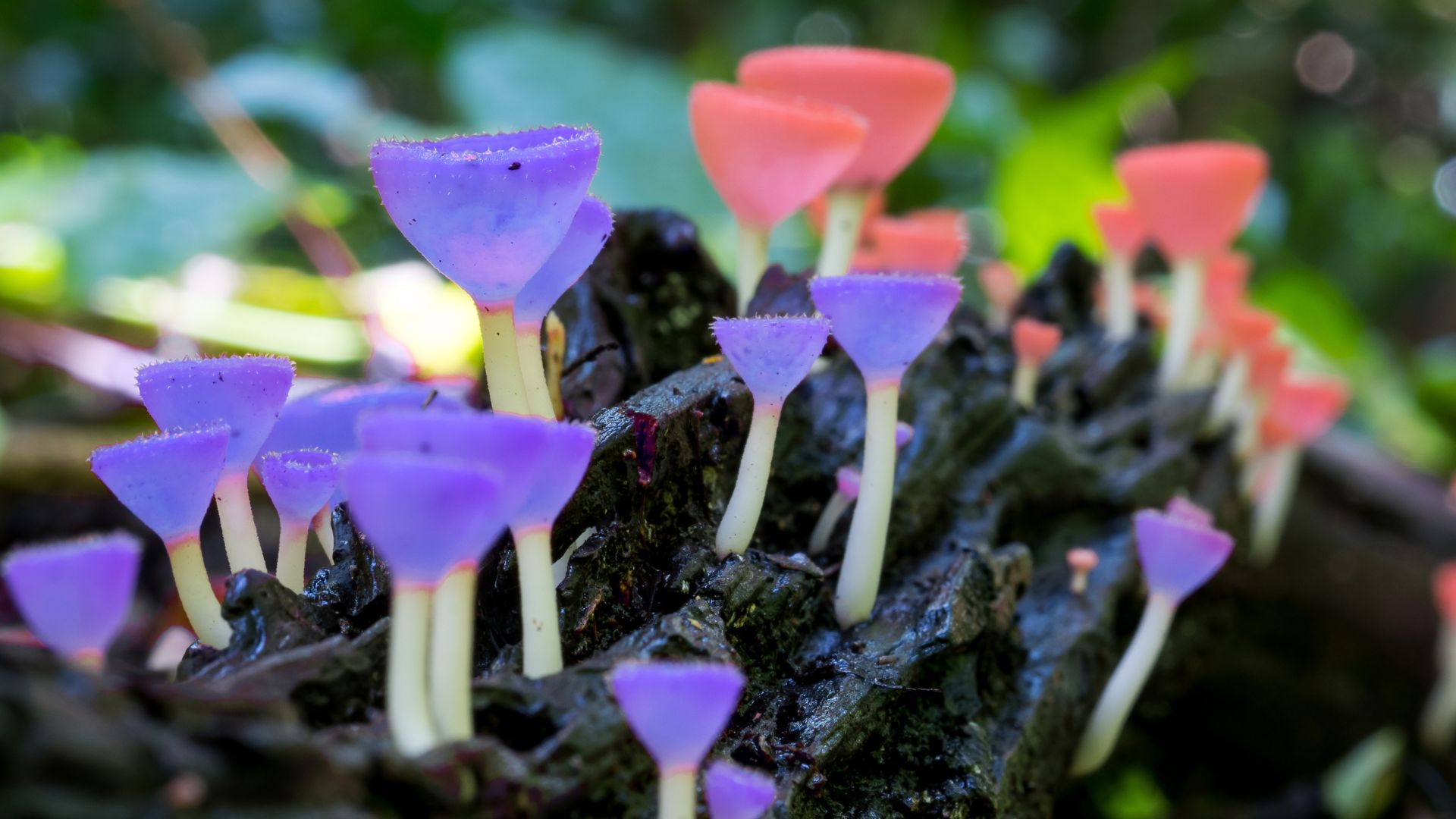
As well as bold red and white fly agarics and pink and yellow oyster varieties, there is an impressive array of mushrooms and fungus painted in wonderful shades of violet, turquoise, and even hot pink and yellow. These pretty fungi cup mushrooms typically grow in rainforest areas on mountains in Thailand.
Some variations look unreal
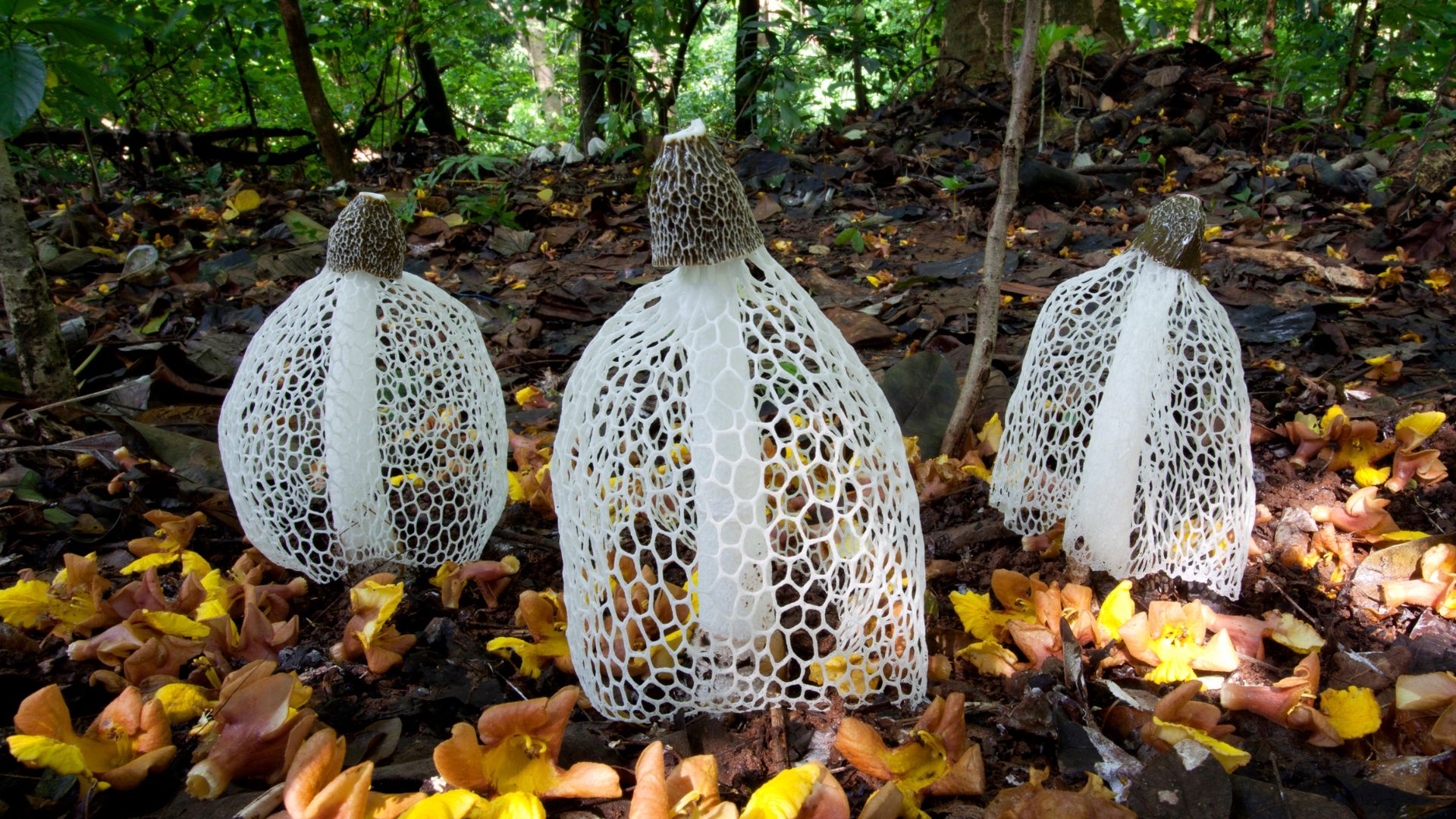
These tree stinkhorn mushrooms blooming in an Asian forest show just how impressive mushroom forms can be with its intricate lacy ‘skirt’ which is how it got the nickname the veiled lady. These whimsical variations aren’t as pretty to witness in real life, however, due to the putrid stench they give off to attract insects that aid in spreading their spores.
Many mushrooms are known by a variety of names
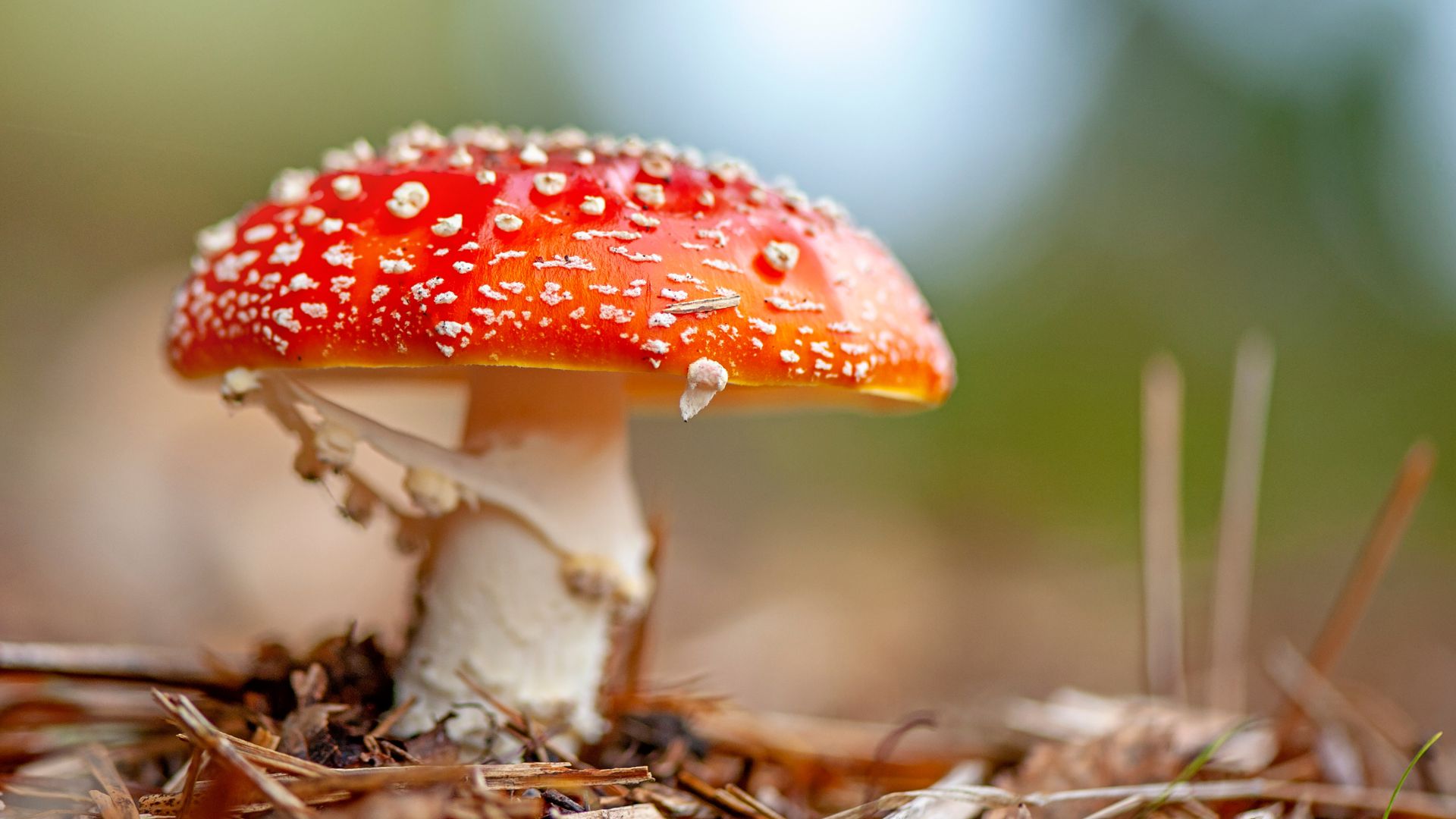
Perhaps one of the most beautiful mushrooms is the fly agaric, as seen throughout numerous fairytales, books and even films. But the vibrant red mushroom with white spots has the scientific name Amanita muscaria, but it’s also known as fly amanita, shamans' gift, Walt Disney mushroom and fly fungi. These iconic toadstools are poisonous, however, often leading to hallucinogenic visions and sometimes death.
They have endless health benefits
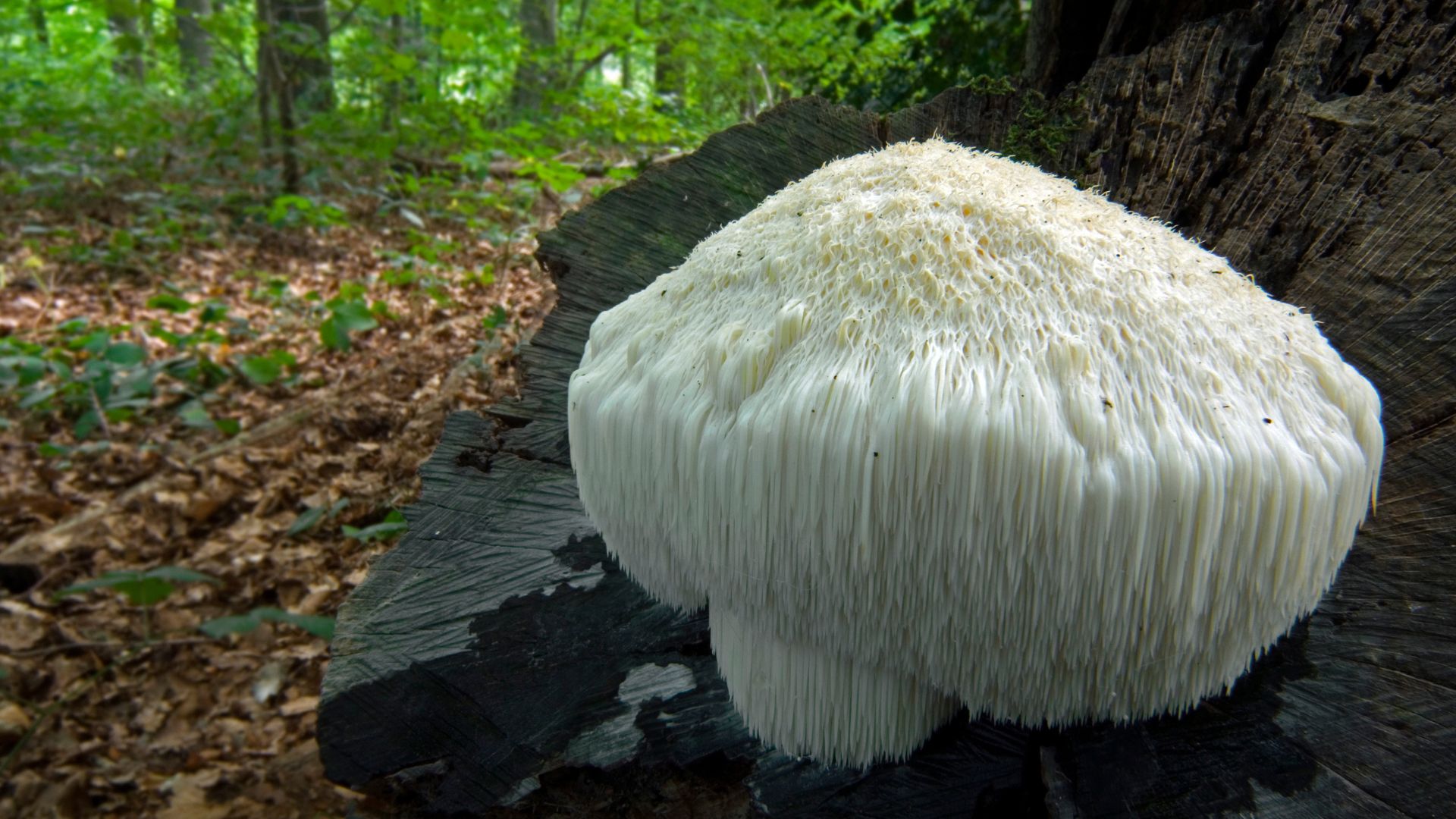
As well as being packed with vitamins and minerals, the lion's mane mushroom or the bearded tooth, as it’s sometimes called, is the latest star of the health world since many modern-day folks have cottoned onto its amazing health-giving properties. Physically, lion’s mane supplements can boost the immune system and digestive health but they’ve also been known to help ease the symptoms of depression and anxiety. Some research has even suggested the fascinating mushroom contains anticancer properties.
There’s myriad of ways to consume them
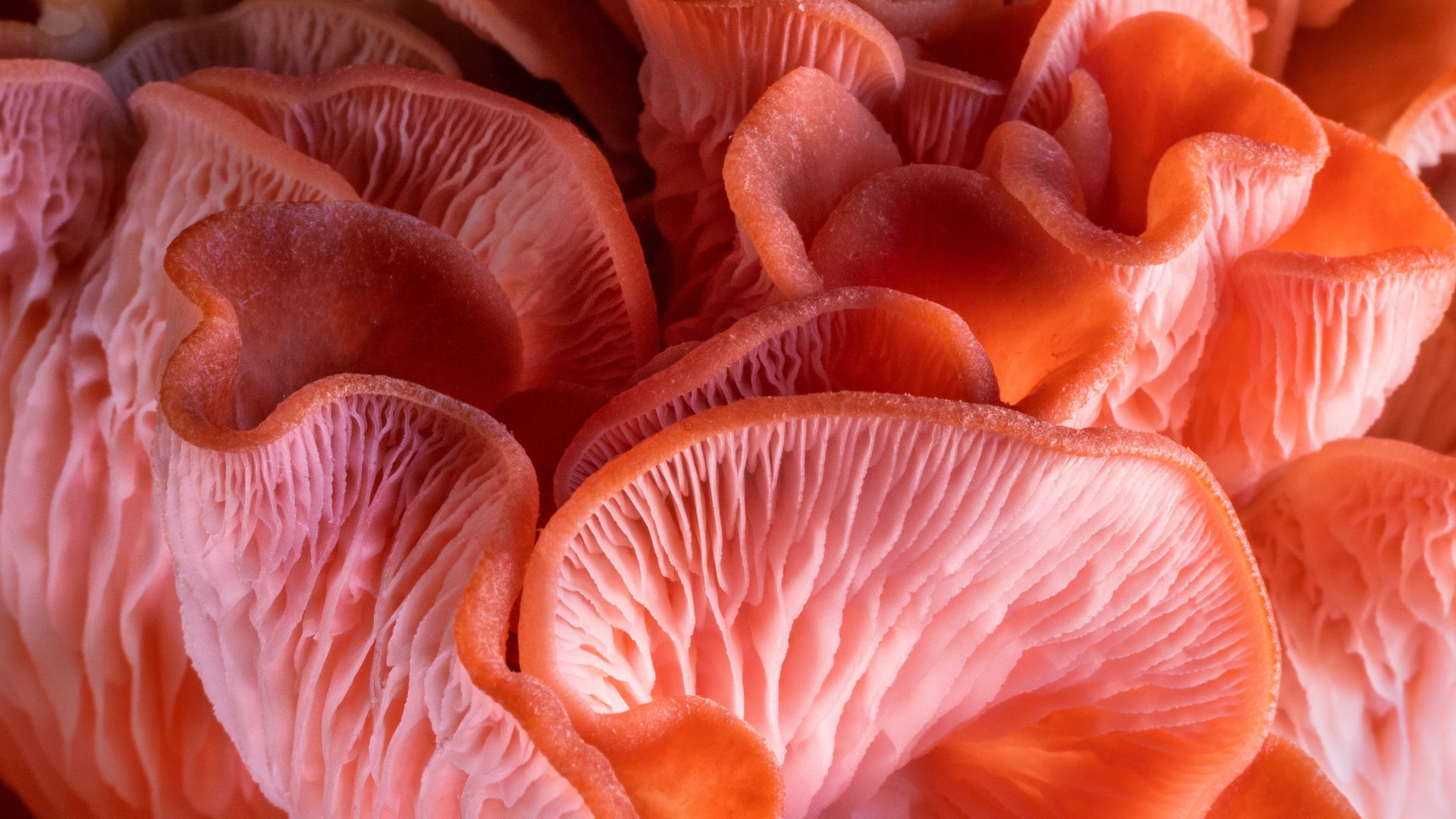
While of course, edible mushrooms can be sauteed, grilled, and fried, you can also reap the benefits of mushrooms through supplements, powders, and tinctures. From cordyceps powder that can be blended into smoothies and juices and lions mane capsules that can be taken daily, to chaga tinctures that can be dosed daily under the tongue, the options are endless.
Magic mushrooms really are magic
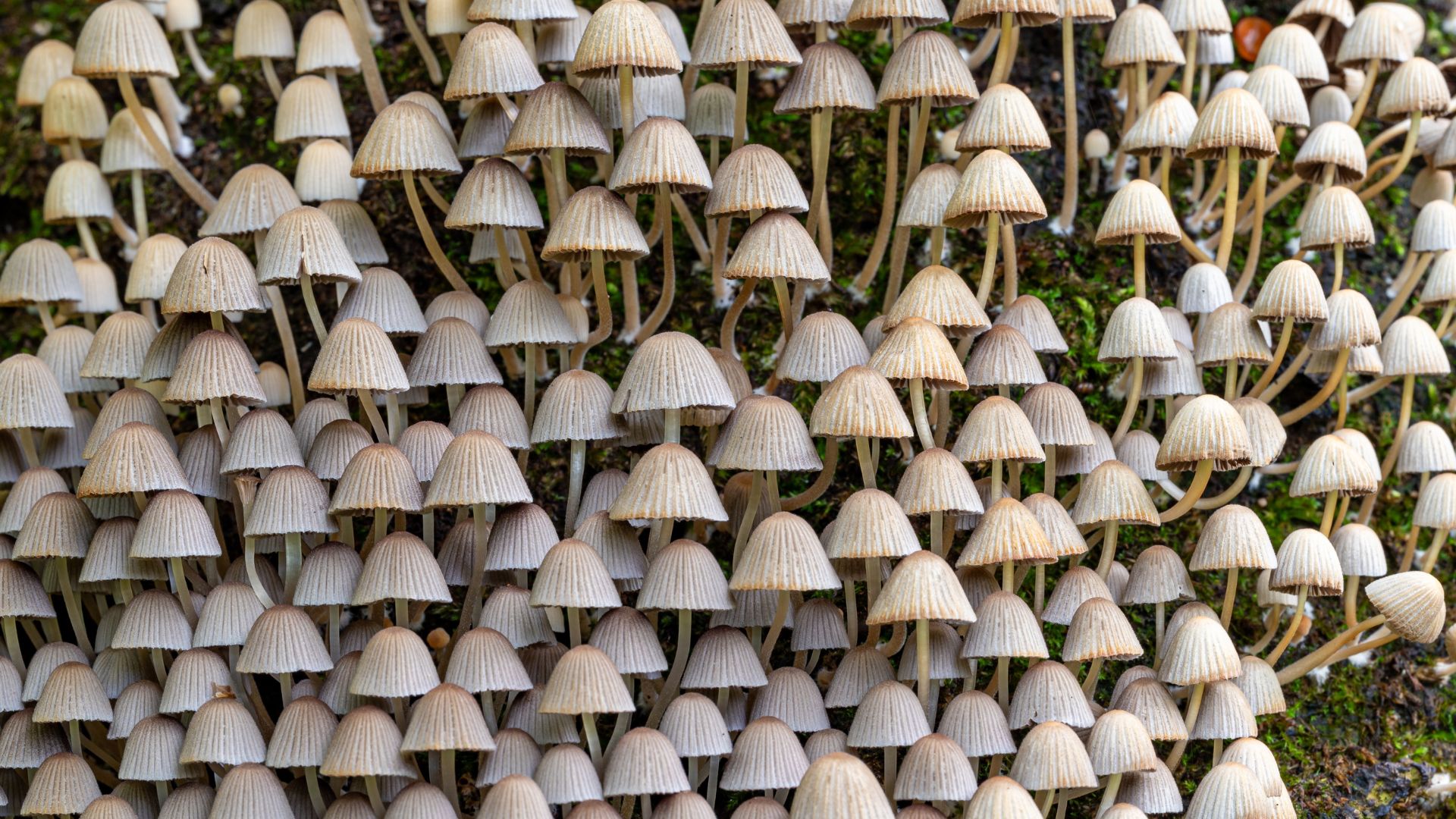
Otherwise known as Psilocybin mushrooms, or hallucinogenic mushrooms, magic mushrooms have been used as a recreational drug since the Stone Age. Upon consumption, they can cause psychedelic effects, altered perceptions, moving forms and light trails or halos as well as nausea, vomiting, euphoria, and lack of coordination. The legality surrounding psilocybin mushrooms varies from country to country.
Some mushroom varieties are rooted in mythology
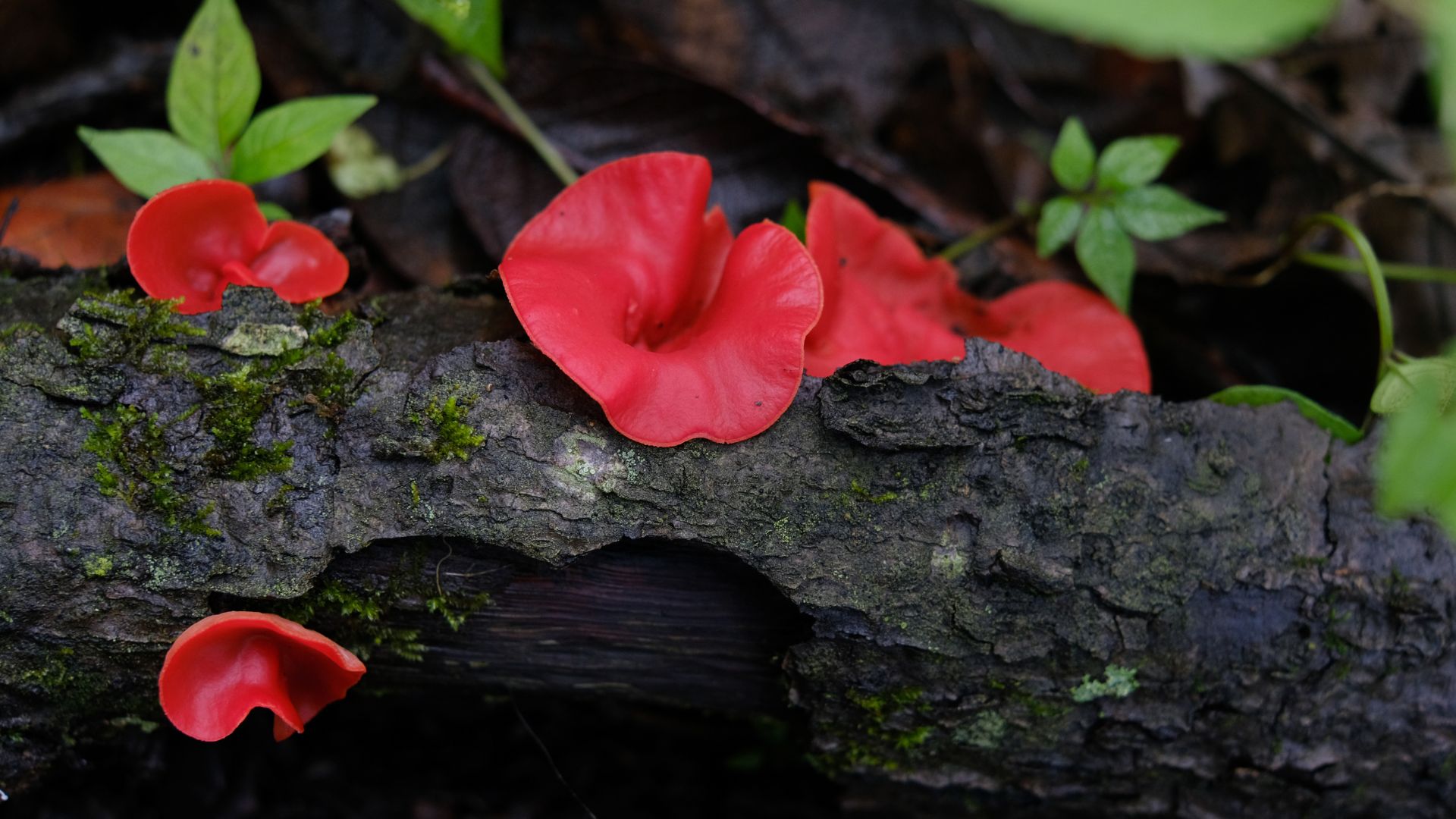
The red wood ear mushroom, as seen here, is also known by the name Judas’s ear. The name originates from the fact that this type of mushroom, which looks a lot like a human ear’ grows mostly on elder trees, which is the tree Judas hanged himself on after betraying Jesus. Legend has it that these ear-shaped mushrooms that spring out from elder trees represent Judas’s tormented soul.
They’re found all over the world

Fungi grow pretty much everywhere and in every country in the world, with some species native to certain countries. The bright orange cyttaria gunnii fungi, also known as beech orange (seen above) is native to Australia and grows exclusively on myrtle beech trees.
They play a vital role in the ecosystem
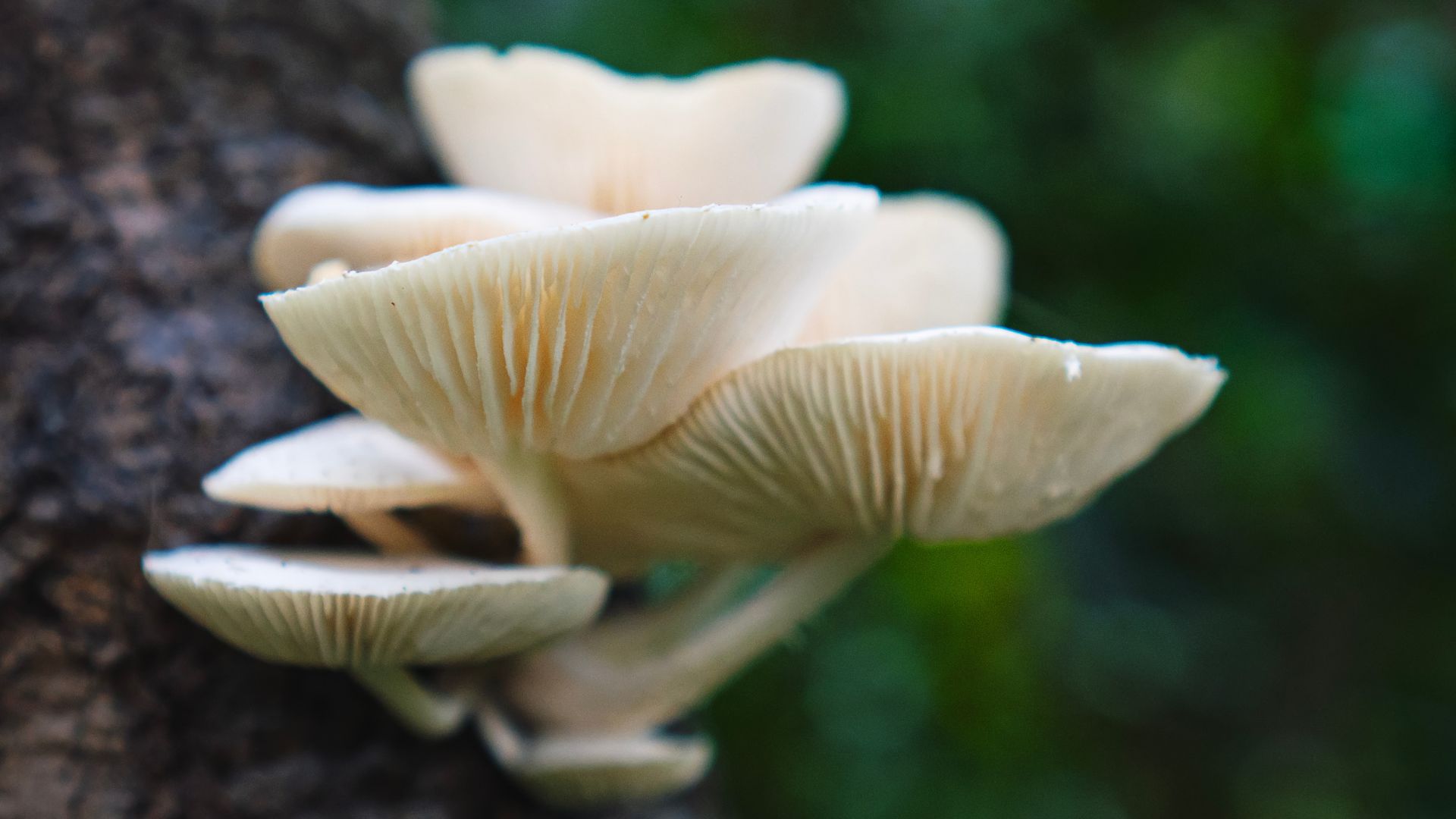
Mushrooms play a vital role in the ecosystem by decomposing wood and returning nutrients to the soil. Without them, most plants would struggle to survive and the planet would be covered in decaying matter. The oudemansiella canarii mushrooms (pictured above) are often found in the tropical rainforests of Costa Rica and are particularly beautiful with their delicate white gills and intricate details.
They’re incredibly beautiful
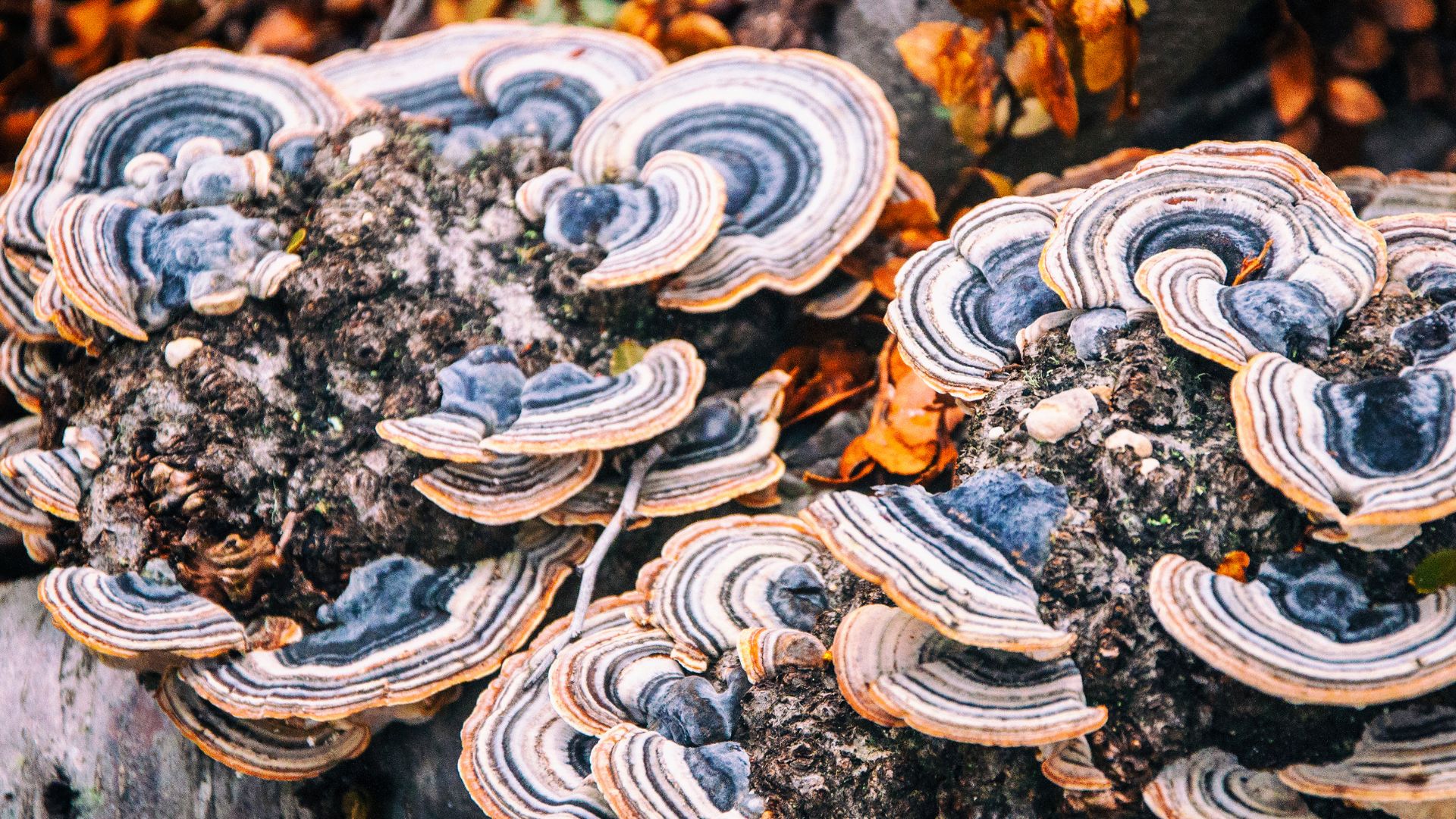
Almost every variety of fungi is beautiful when examined up close. The blue turkey tail fungus is one example, seen here growing in the Tierra del Fuego National Park in Argentina. With concentric circles of varying colours, including black, white, and dark blue, the layers of the turkey tail are incredibly hypnotic and have a leathery texture, making them all the more appealing.
Many mushrooms and fungi are red in colour
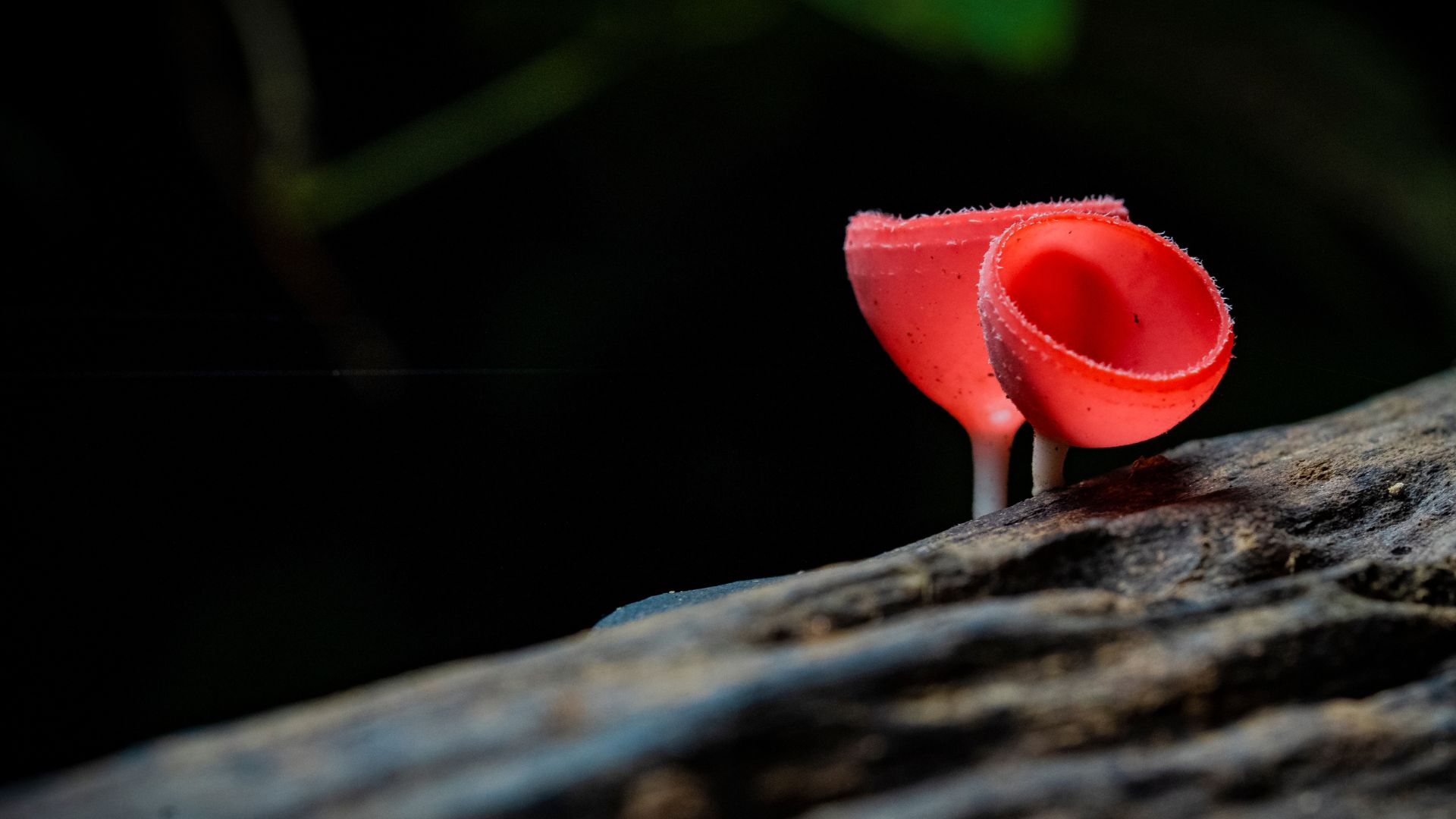
Just like a red traffic light means stop, the same theory goes for red shades of mushrooms and fungi. Acting as a warning to potential predators, red signals toxicity and as a cue that these types of mushrooms shouldn’t be eaten. Some examples of red mushrooms and fungi include fly agarics, stinkhorns, devil’s fingers, and scarlet elfcups.
The largest part of fungi lives underground
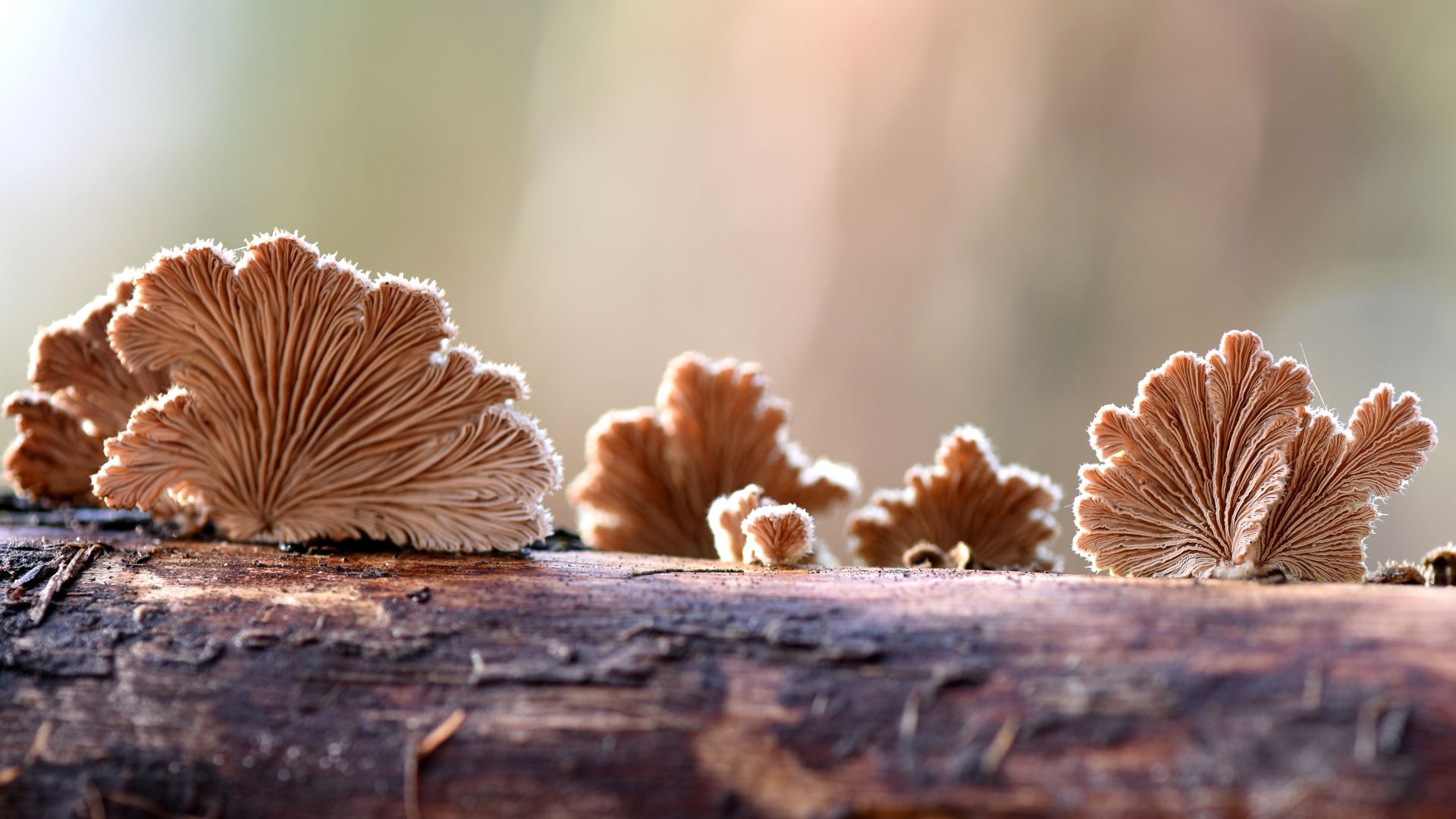
The fruiting part of a fungus is the mushroom that you see living above the ground, but did you know that most of the fungus is actually concealed underground? Living as an epic network of underground mycelium threads, these structures take up much more space than first anticipated.
Some glow in the dark
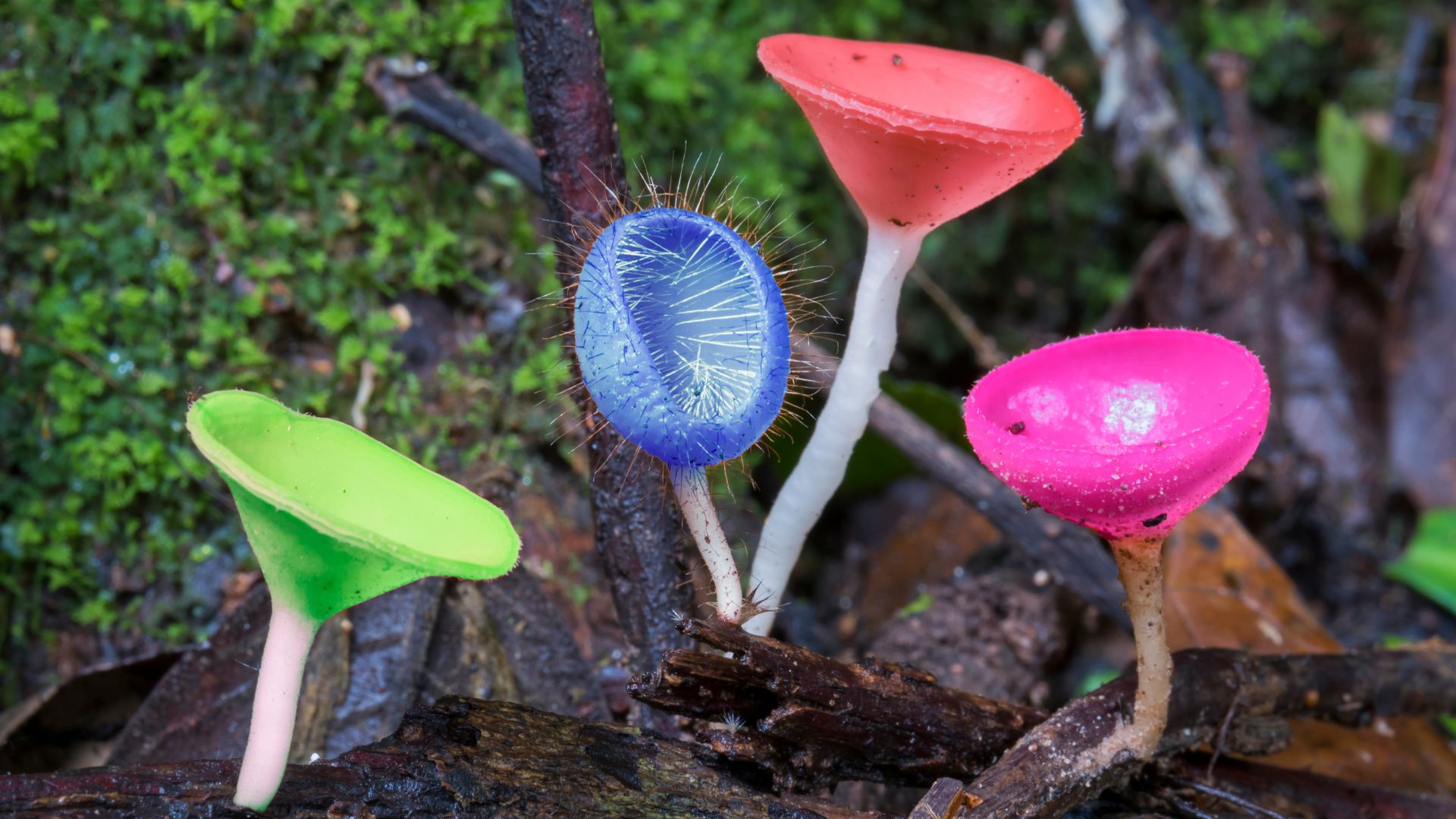
There are over 100 types of fungi that actually glow in the dark while others are unreal shades of neon. These fungi cup mushrooms showcase just how bright some species can be as seen here growing in a rainforest mountain in Thailand. In the UK, it’s possible to see some mushrooms glowing with a UV light.
They’ve been around way longer than humans
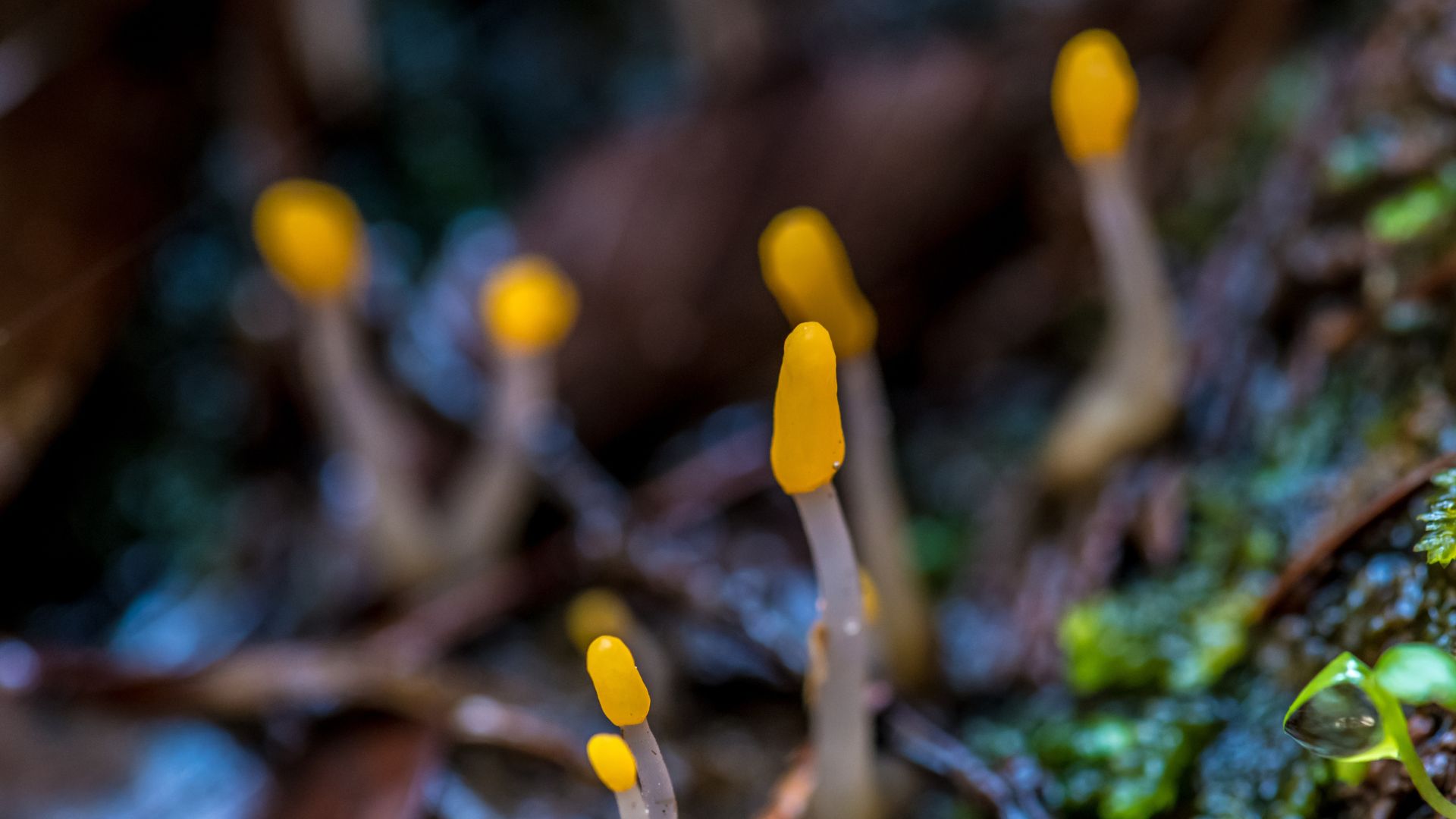
It’s believed that fungi started growing on earth around 1.3 billion years ago, that’s also many many years before plants began growing here. Mushrooms and fungi grow in all kinds of ecosystems including forest wetlands, like these swamp beacons seen on a riverside in Nabari, Japan.
Some are colossal and take the crown as the largest living thing on Earth
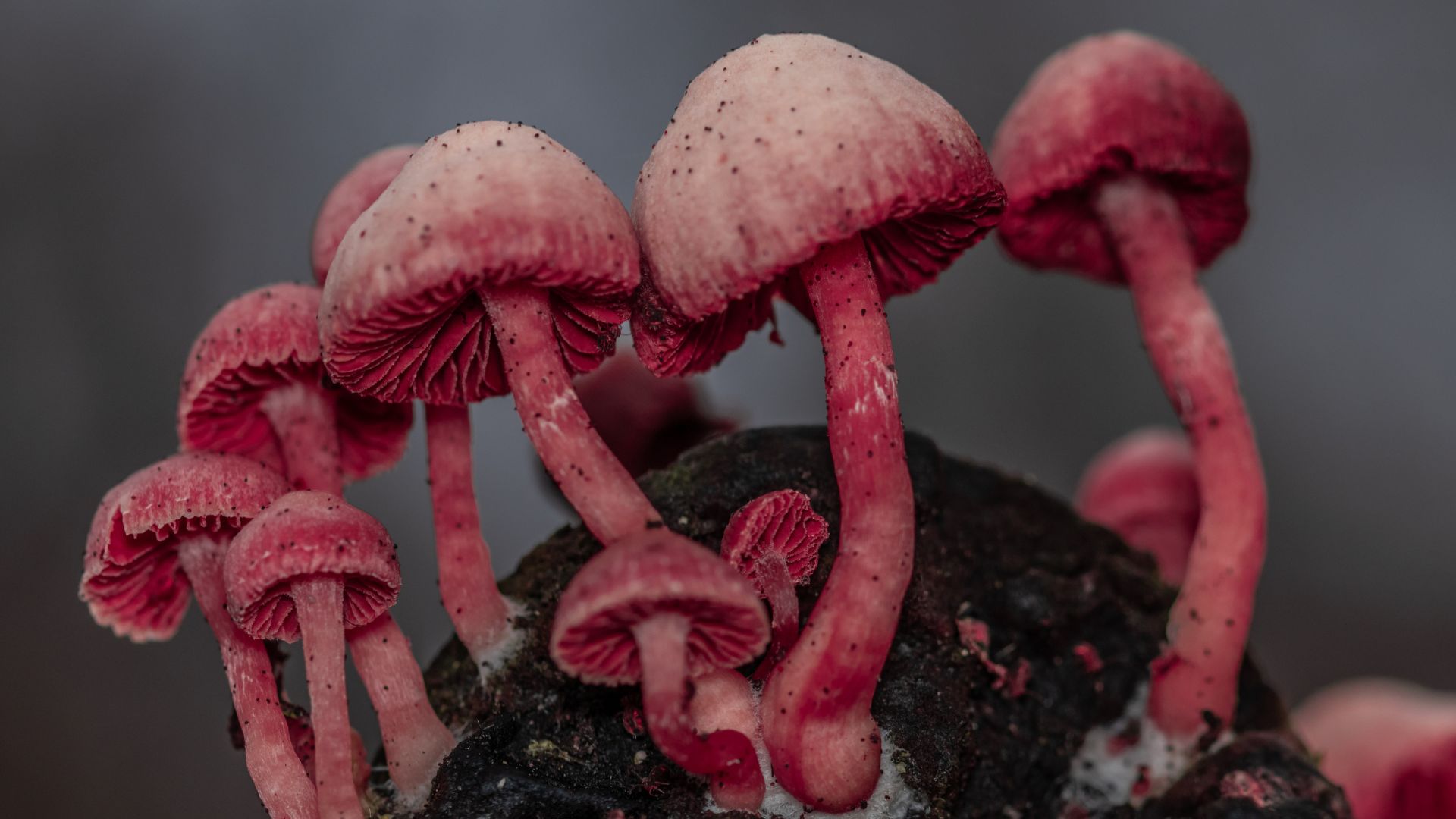
The honey mushroom fungus is the biggest living organism on the entire planet covering an impressive 10 square kms. It can be seen in the blue Mountains of Oregan in the USA and it’s believed to have been around for over 2000 years, maybe more.
Fungi is a vital element to some of the most delicious foods
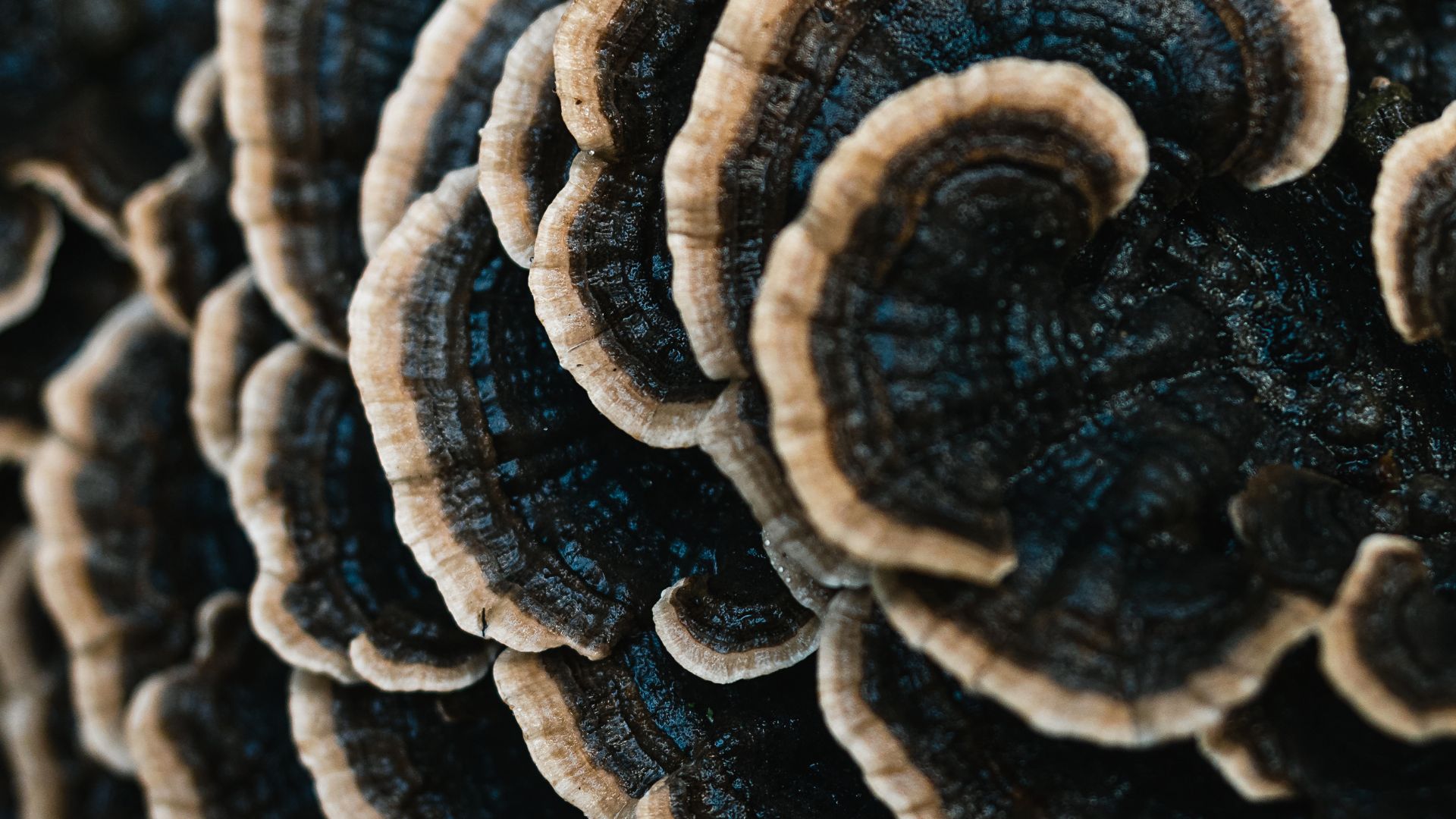
Sourdough bread as well as camembert, brie and roquefort cheeses rely on fungi for their production. Sourdough yeast is a fungal bacteria that helps give the humble loaf its delightful texture and flavour, whereas penicillium roqueforti is the fungus that aids blue cheese's iconic veins and unmistakable flavour, while camembert and brie get their hard crust and distinctive taste from the fungus penicillium camemberti.
Some are deadly poisonous
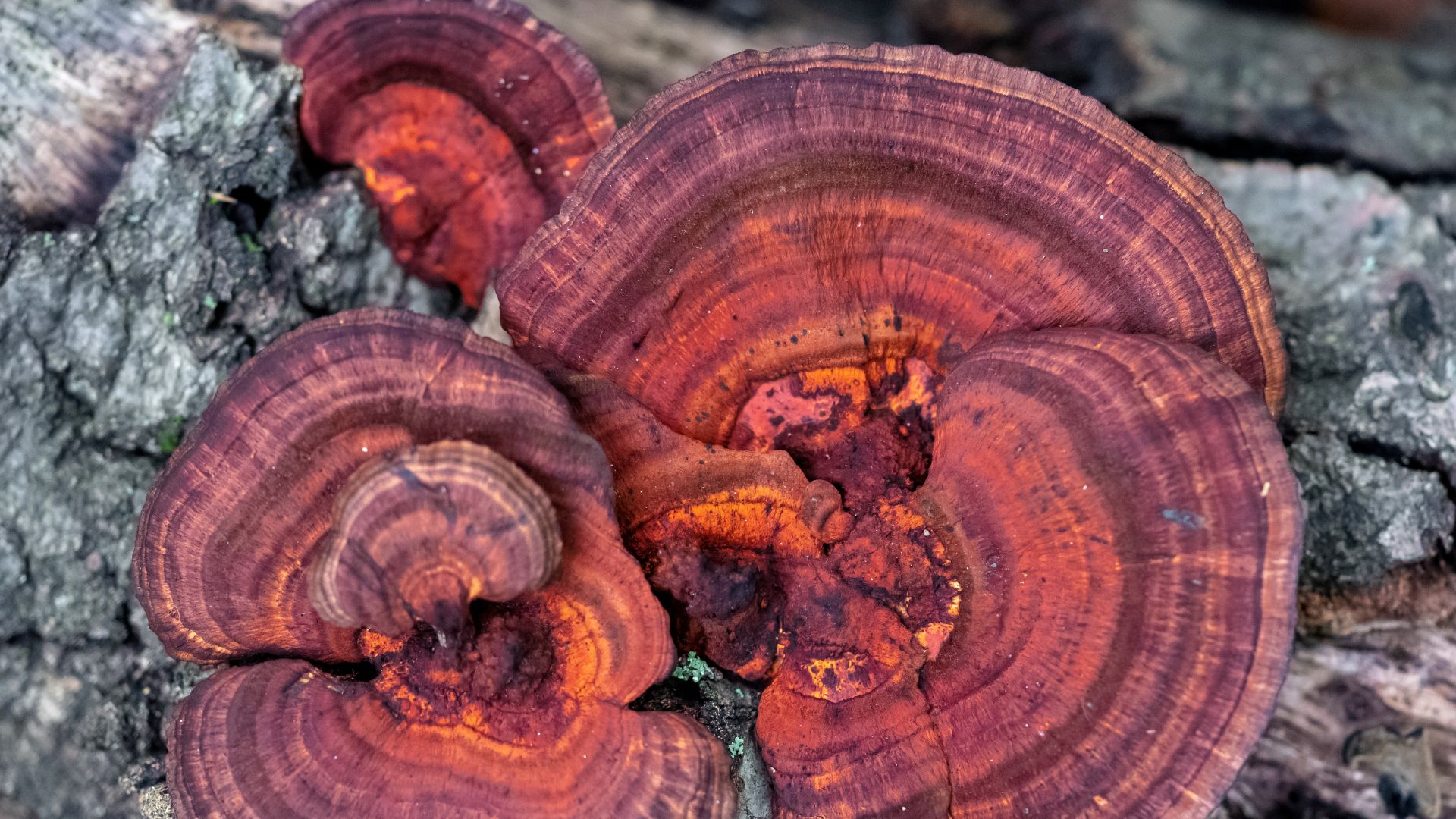
A mushroom known as the death cap is responsible for 90% of the world's mushroom-related deaths each year. To look at, the death cap is fairly innocuous, it has a creamy stem and yellowish cap (not unlike many other types of mushrooms) yet consuming just half, can and likely will, result in death. Similarly, a mushroom called the destroying angle is not far behind in terms of toxicology.
They have amazing names
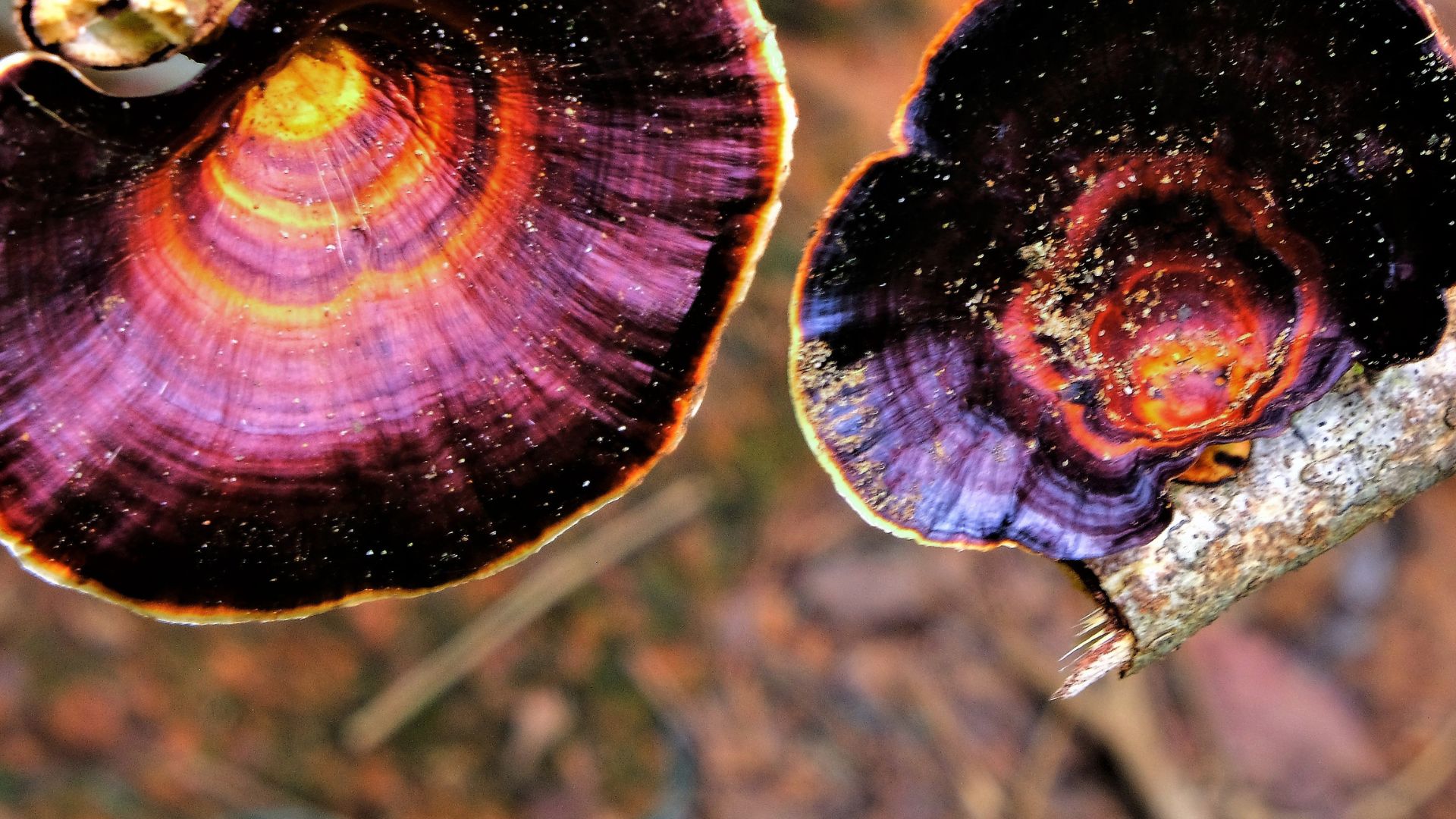
Yellow staghorns, puffballs, orange peel, amethyst deceivers; mushrooms, and fungi have some seriously cool names, mostly named after other nature-based creatures that they resemble. Outside of the UK, it’s worth looking out for pan de indio, red smiley stalked puffball, and pod parachute.
Sometimes mushrooms grow in a circle
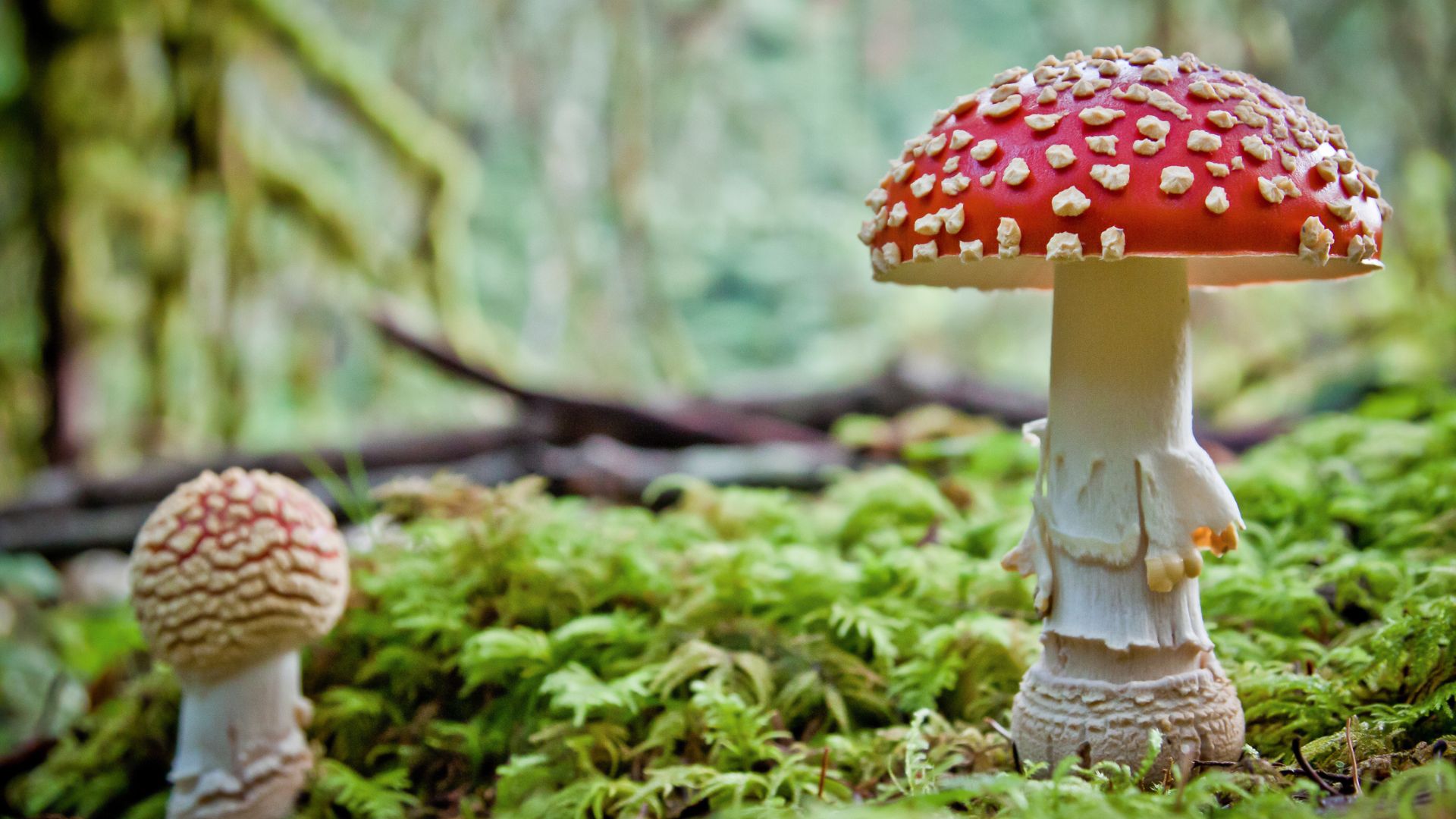
Also known as fairy rings, a ring of mushrooms is a sight to behold. With some luck, it’s possible to happen upon a ring of mushrooms in fields across the UK. Some cultures believe they are a portal to another world, while others believe they are where fairies go to sit and eat. But be warned, myth has it that should you enter a fairy ring you could be cursed, or even lose an eye.
Finland encourages mushroom foraging
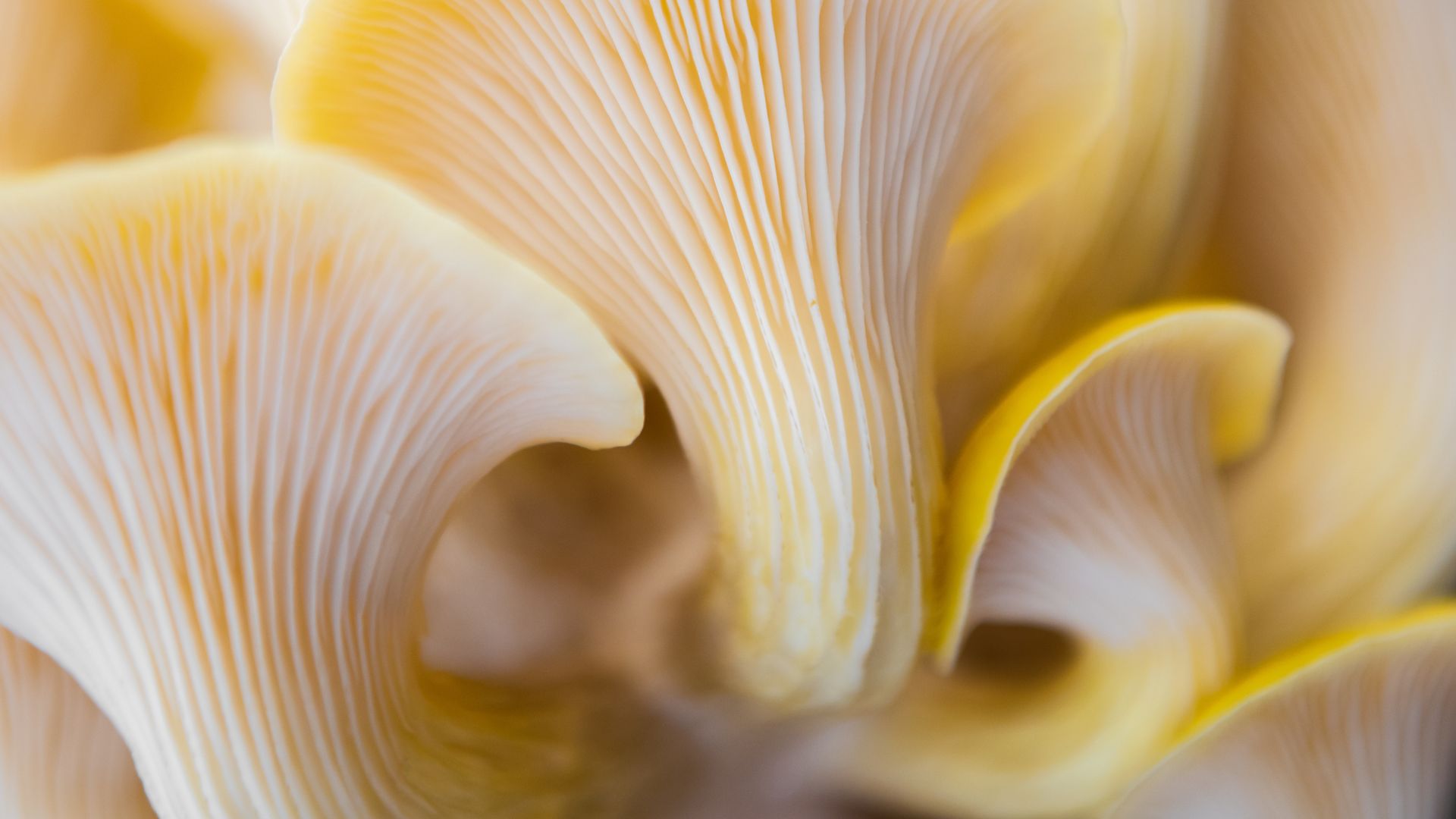
From August to October, mushrooms spring up in droves in Finland, and it’s this time of year when locals take to the forests to pick the tasty delights. Every citizen of the country has the right to freely pick mushrooms in Finland’s forests, with Lapland leading the way as the largest area where it’s possible to pick organic mushrooms to take home for free.
They can smell disgusting
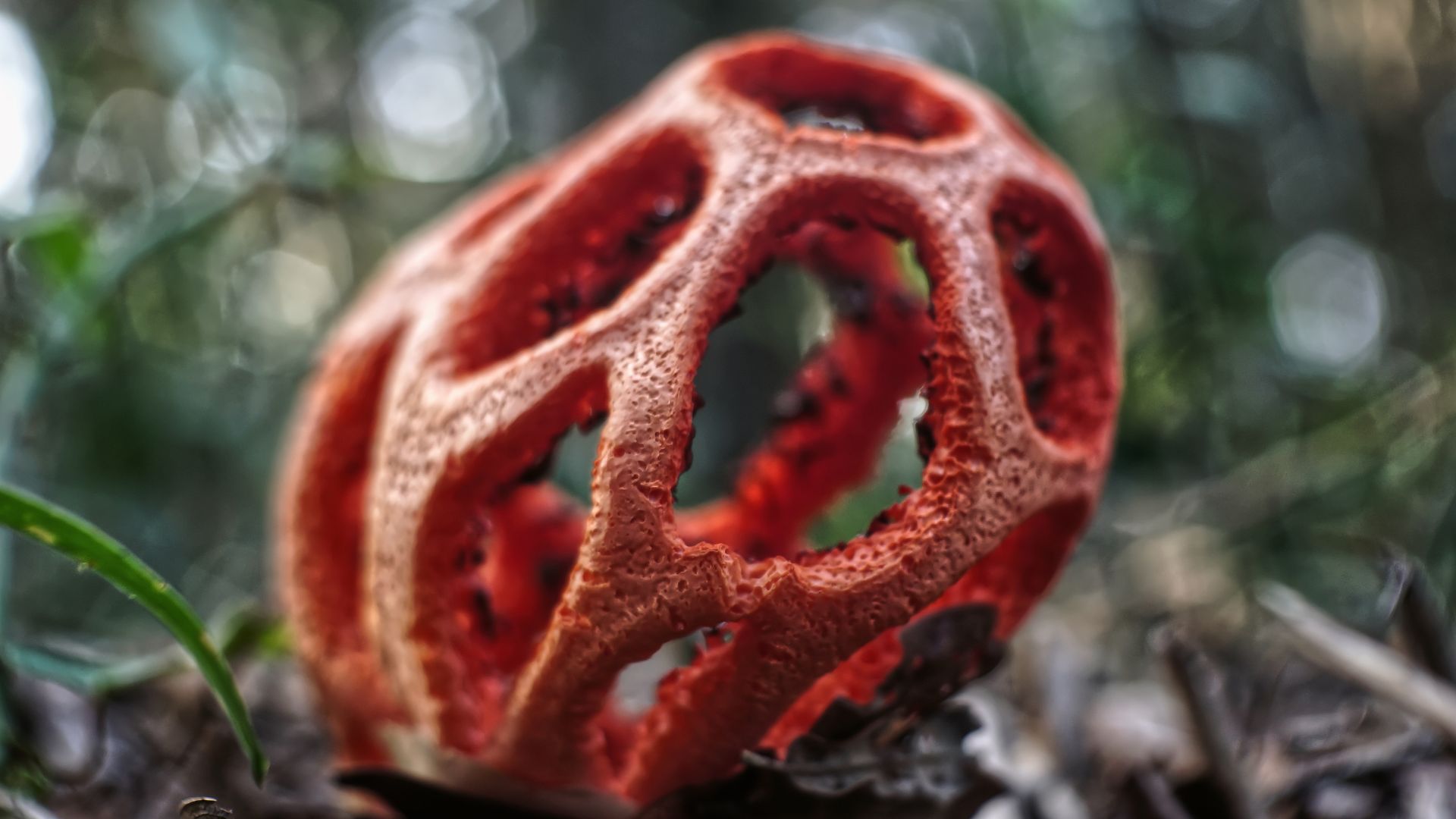
This weird and wonderful clathrus ruber, commonly known as the latticed stinkhorn, basket stinkhorn, or red cage has a fetid odor, like rotting meat, which attracts flies and other insects. It’s one of the world's most impressive plants in terms of shape and colour but you won’t want to linger for too long if you’re lucky enough to see one in real life.
Some look like they belong underwater
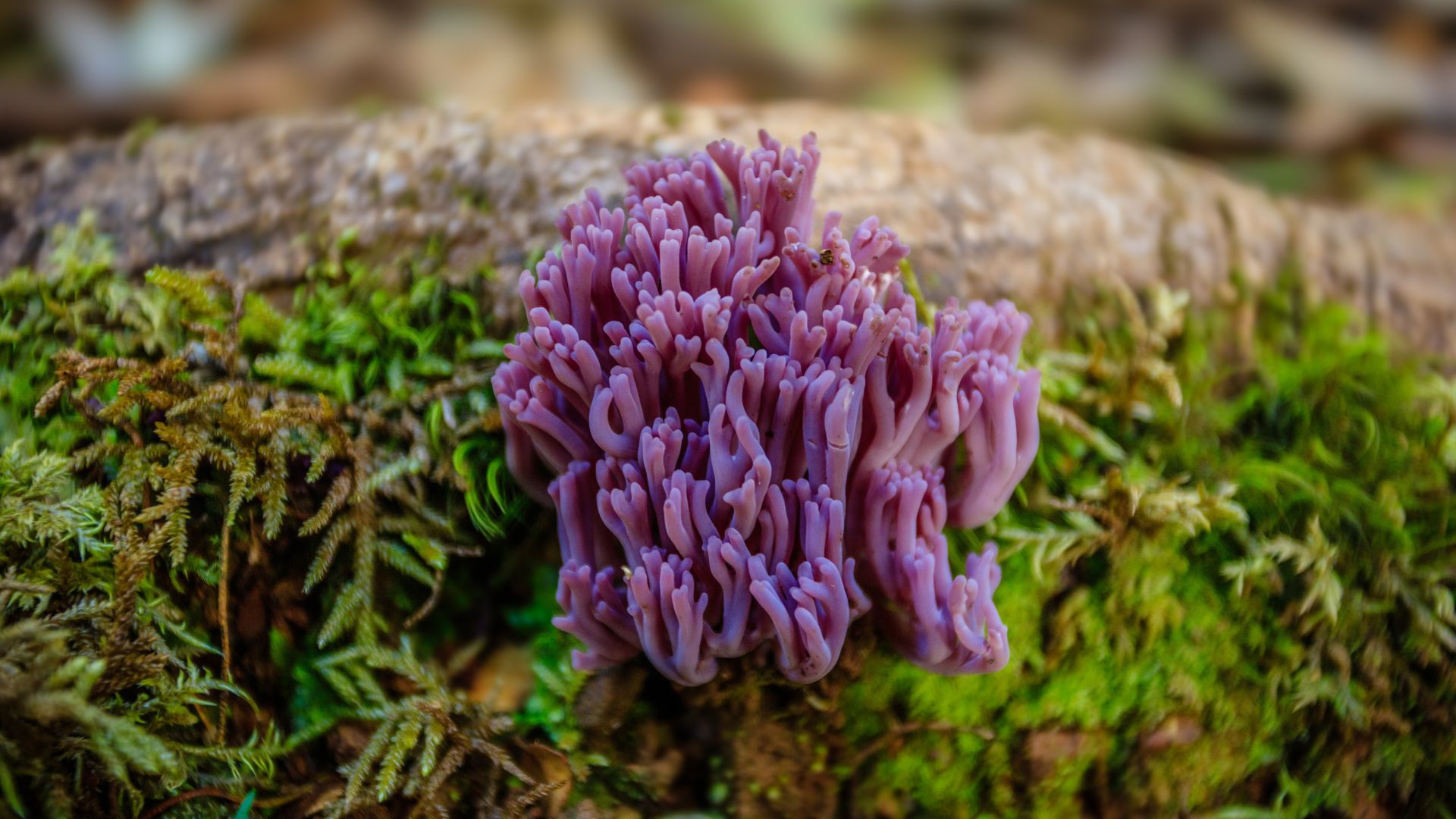
Clavaria zollingeri, commonly known as the violet coral or the magenta coral, is a widely distributed species of fungus that looks remarkably like the bright underwater corals found in the Indian Ocean. Produces striking tubular purple to pinkish-violet fruit bodies that grow up to 10 cm, the violet coral is as photogenic as its underwater counterparts.
Blue mushrooms are some of the most beautiful
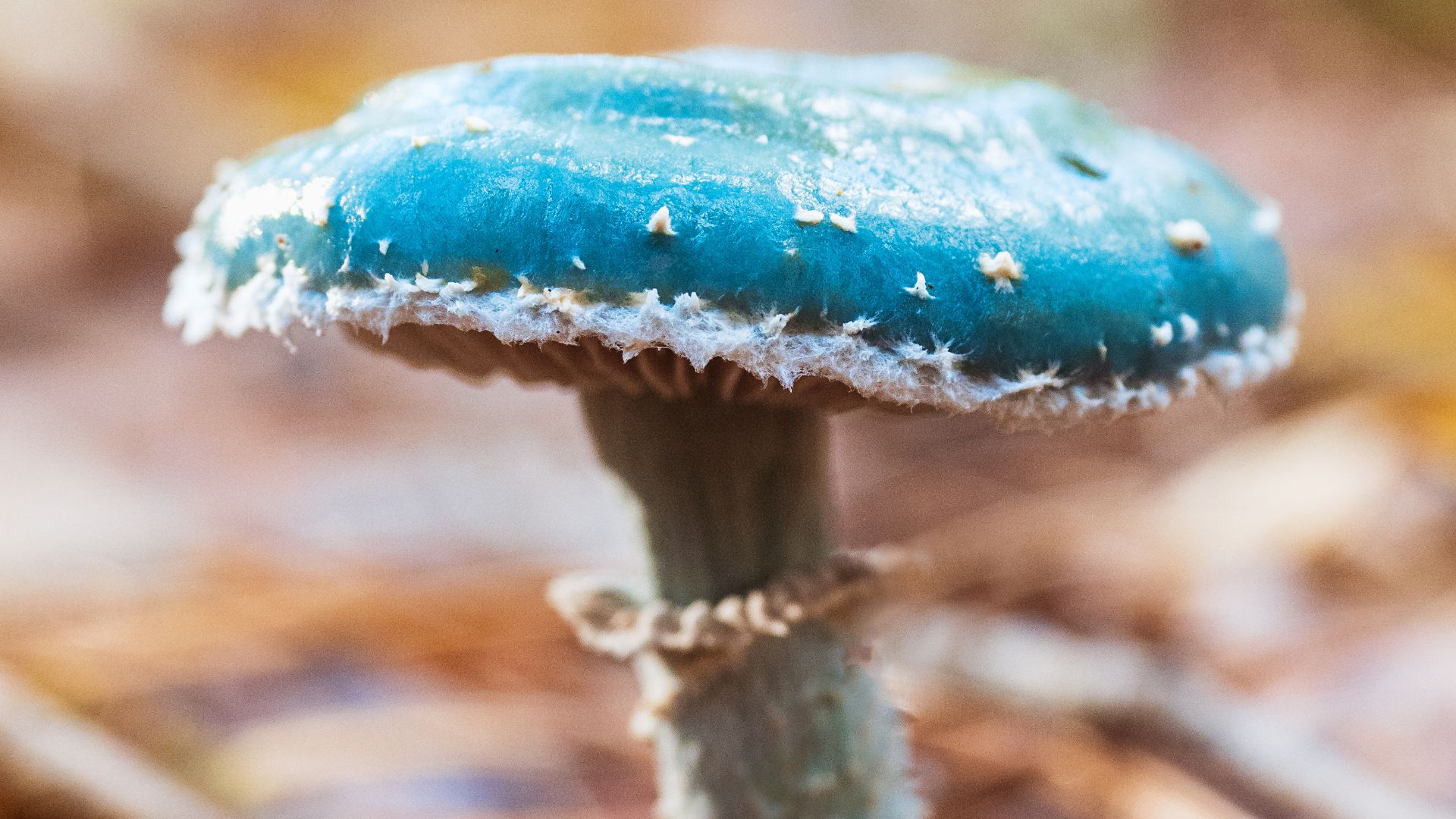
Commonly known as the blue roundhead, this inedible species of agaric fungus is stunning to look at and even better when you spot one in the wild. There are over 15 varieties of blue mushrooms with some of the most common being blue webcaps and pixie’s parasols. One of the rarest blue mushrooms is called blue pinkgills and they can be found mostly in New Zealand.
Hardwood trees are best for growing Lion’s mane
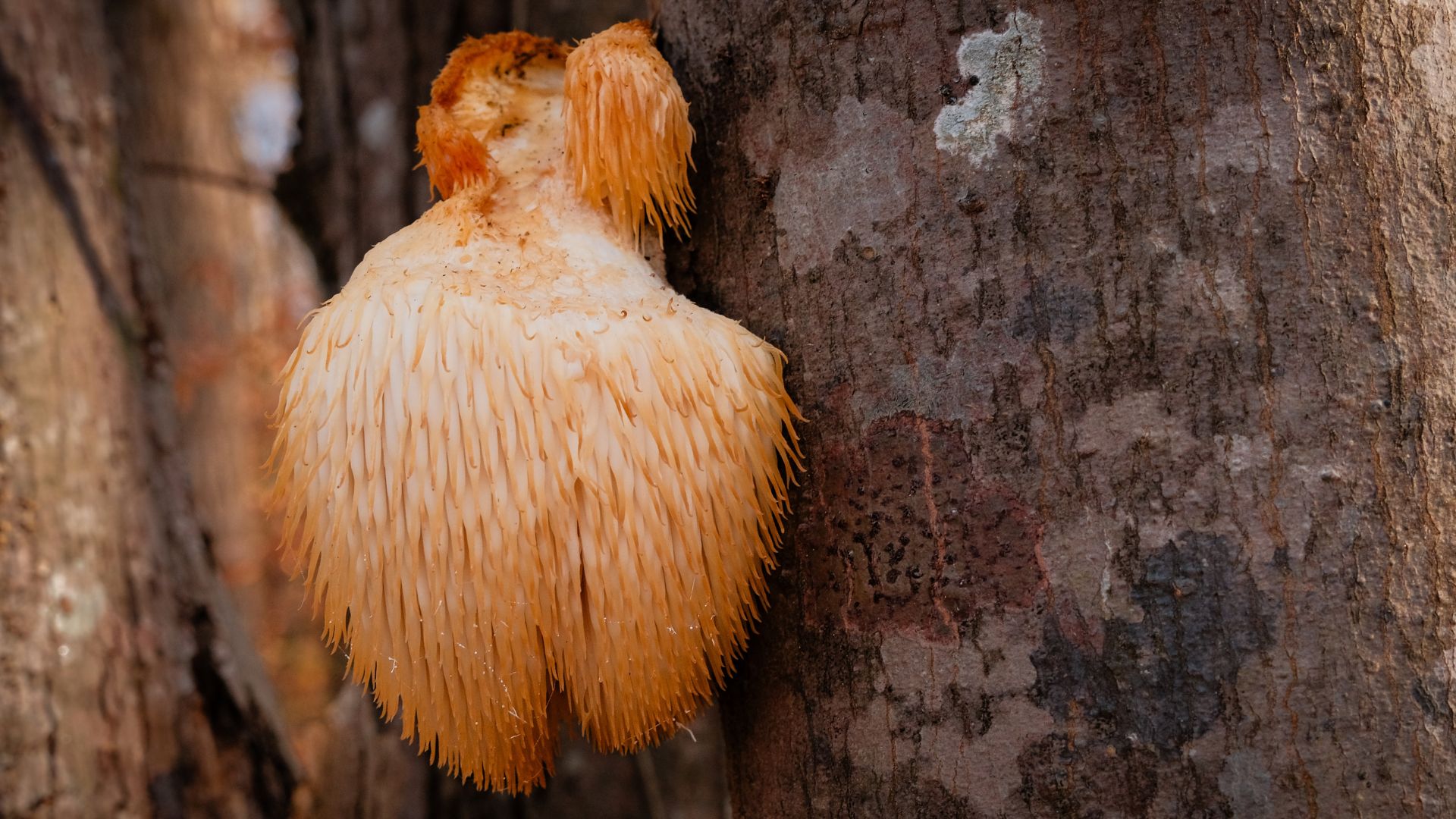
Lion’s mane has mushroomed (excuse the pun) in popularity over the past few years thanks to its endless health benefits, including reducing the symptoms of dementia, depression, anxiety, and heart disease. The fluffy white fungi grow well on hardwood trees like birch, oak, and maple.
The beauty industry is obsessed with mushrooms
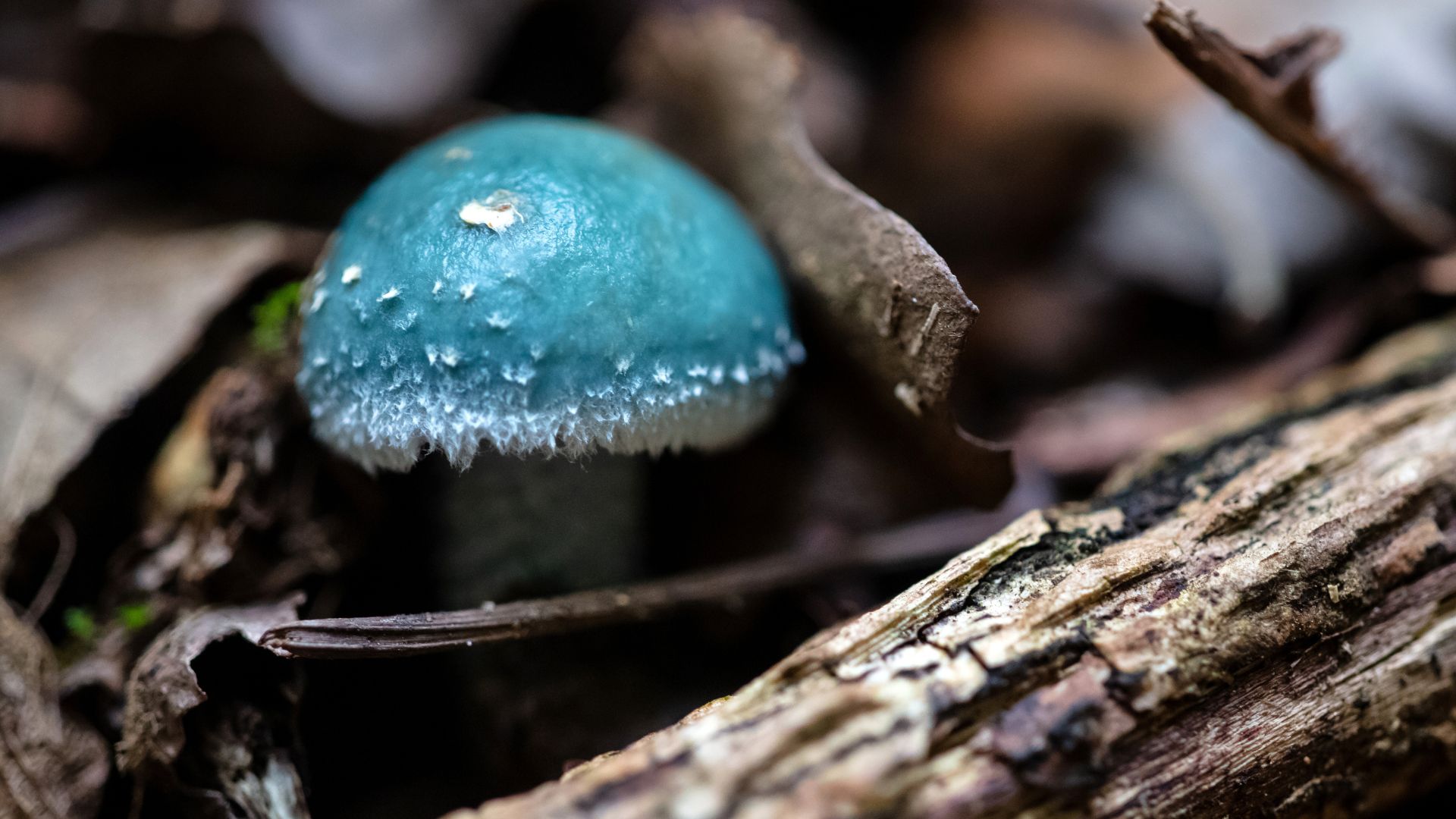
Over the last few years, the beauty industry has started adding mushroom extracts to facial products, eager to capitalise on their endless health benefits. While we’re sceptical that mushroom-infused skincare will do much to change skin texture and health, adding the wonder ingredients to your diet is a much more effective (and tasty) way of reaping the benefits.

Lydia is a nomadic travel writer and solo travel expert with two decades of journalistic experience (including a nine-year stint as a fashion and beauty editor and five as a lifestyle director).
An intrepid explorer, Lydia writes about her adventures for The Sunday Times, Condé Nast Traveler, The Guardian, BBC Travel, Harper's Bazaar, ELLE, Marie Claire US, The London Standard, woman&home, Good Food, Women’s Health, Australia's Body+Soul and easyJet Traveller.
-
 Celebrities who have spoken openly about menopause - and what they had to say
Celebrities who have spoken openly about menopause - and what they had to sayCelebrities such as Oprah Winfrey and Jennifer Aniston have helped combat the 'taboo' of talking about menopause in the public eye
By Grace Walsh
-
 Considering a summer hair refresh? Demi Moore’s chic bob transformation is all the inspiration you need to book that salon appointment
Considering a summer hair refresh? Demi Moore’s chic bob transformation is all the inspiration you need to book that salon appointmentChop, chop, it's time to take a trip to the salon
By Sennen Prickett
